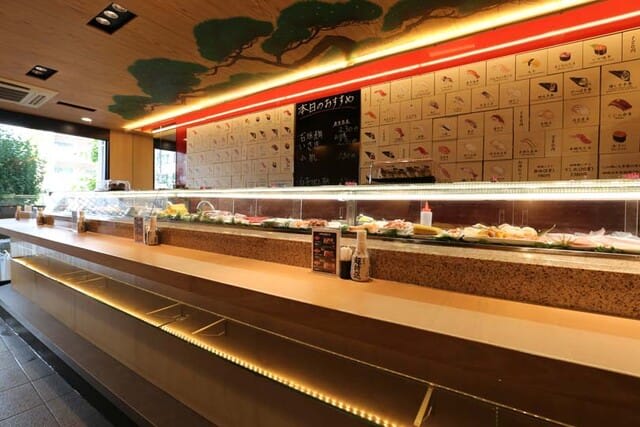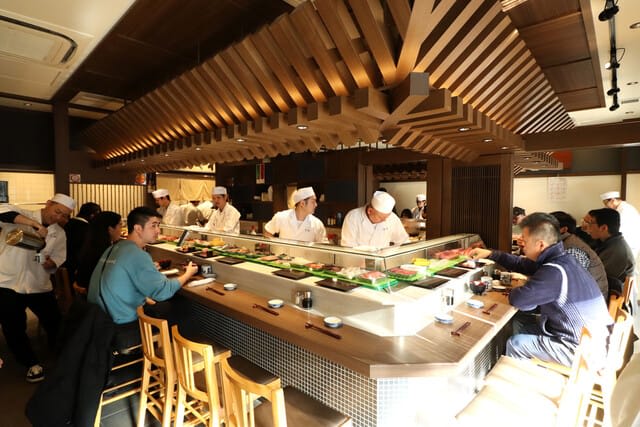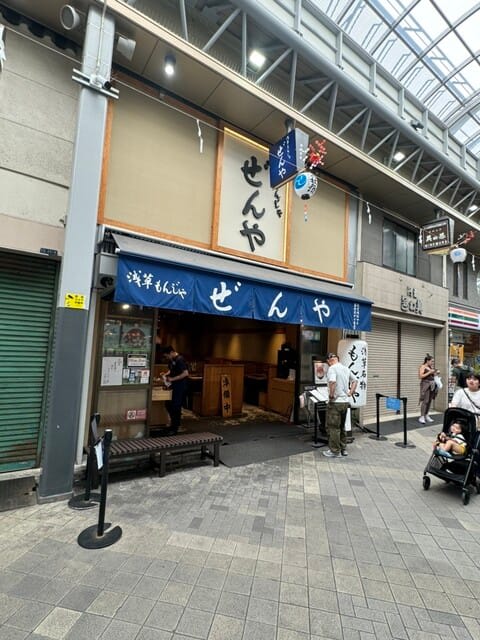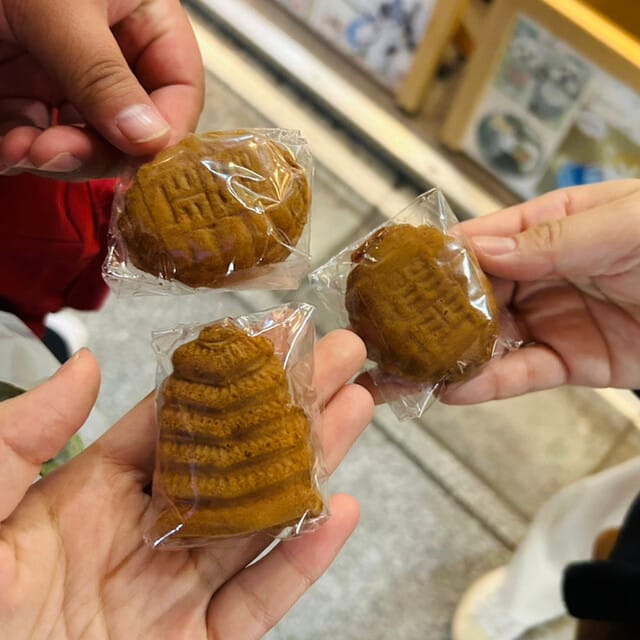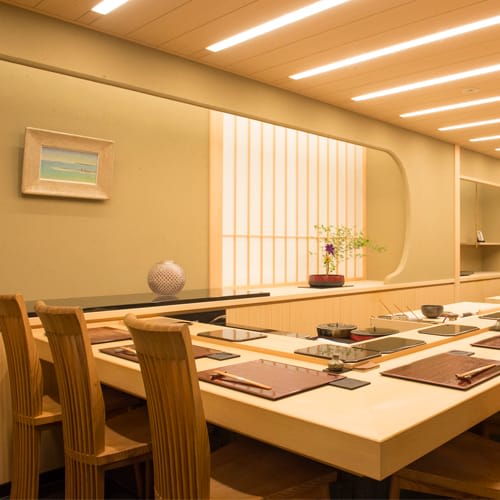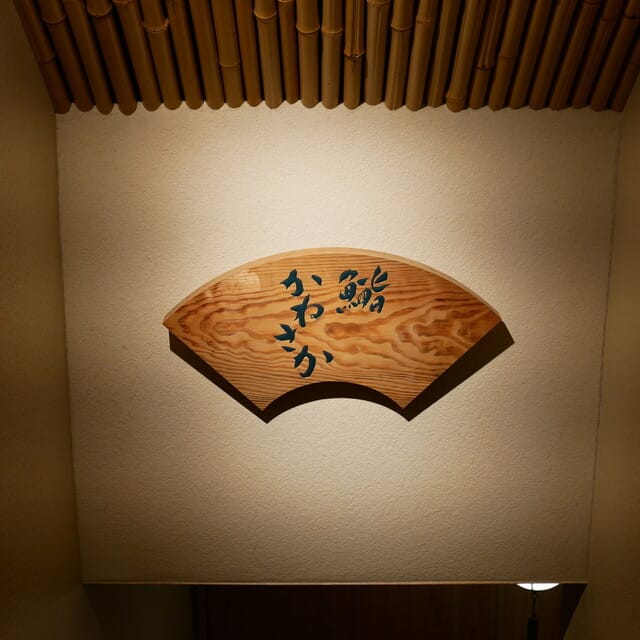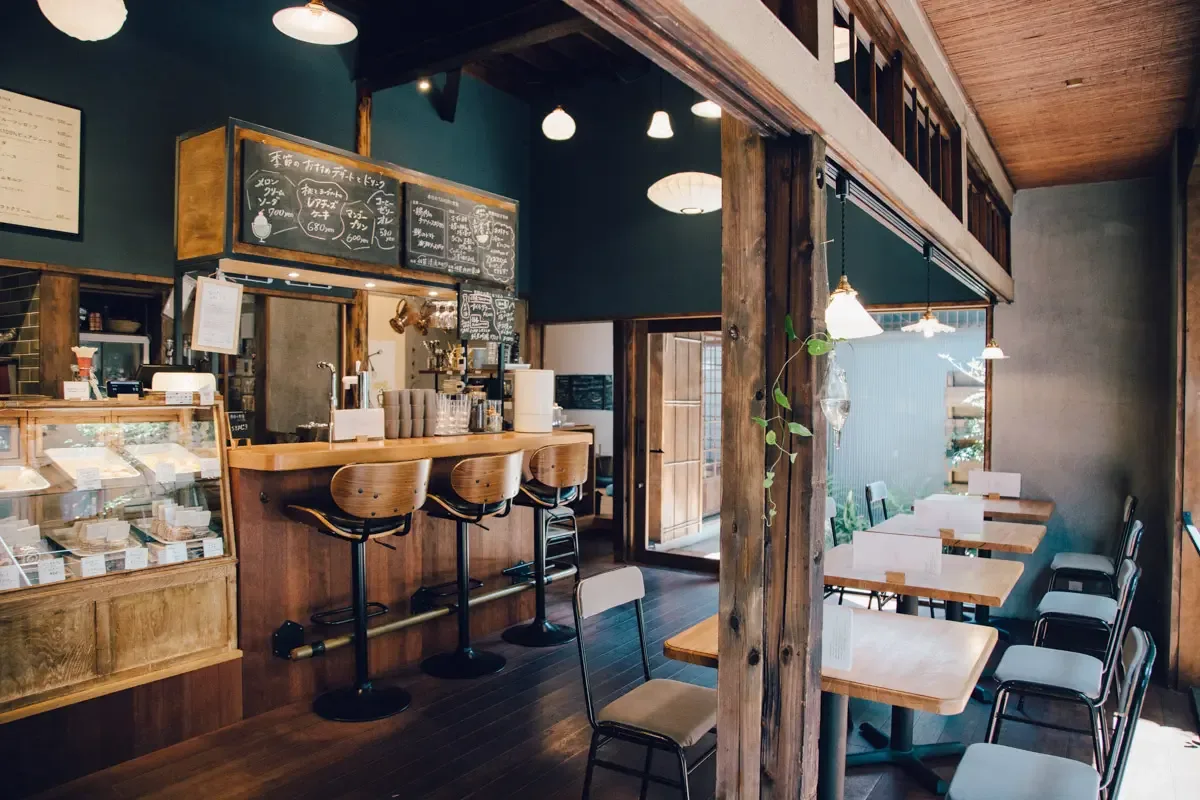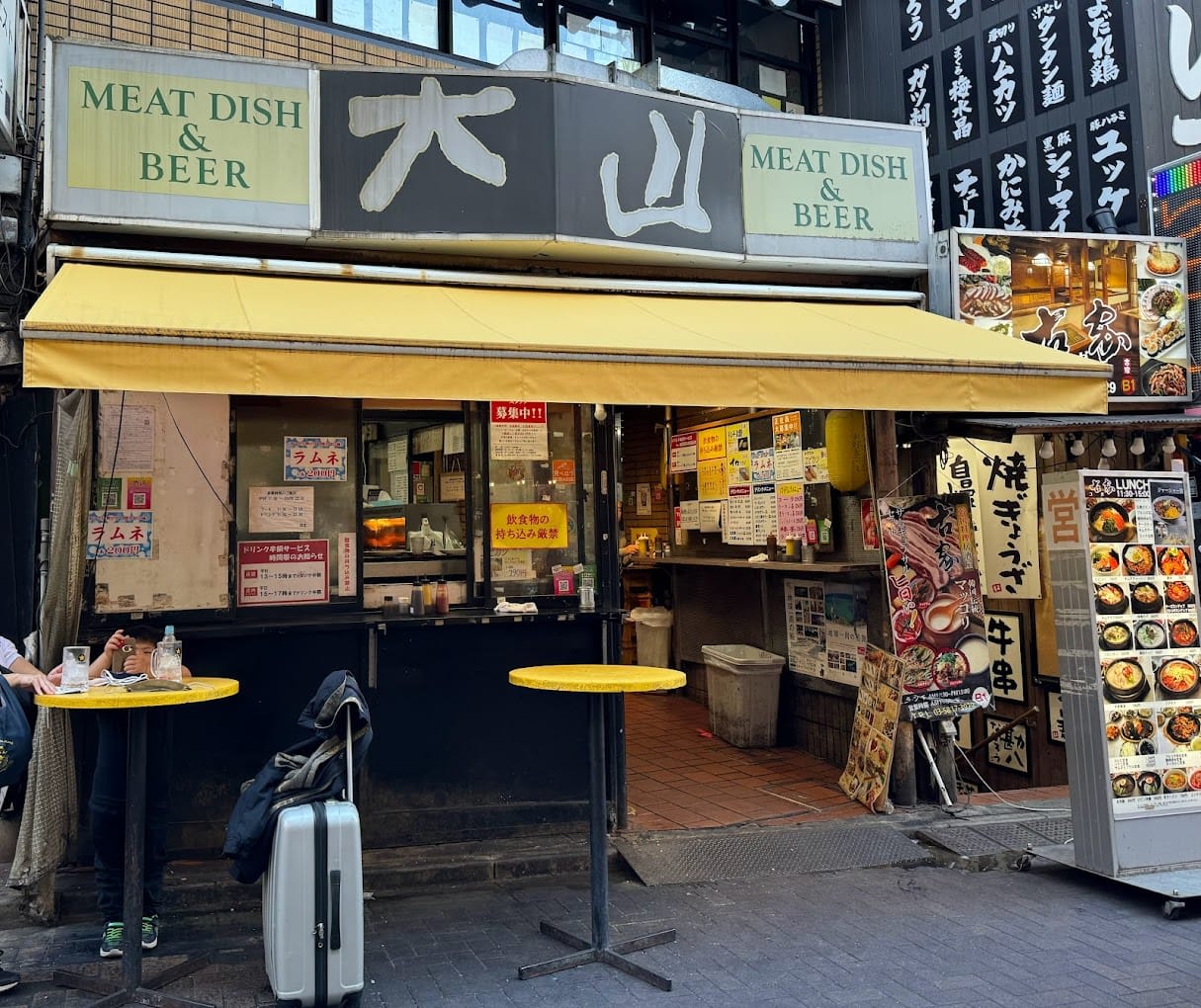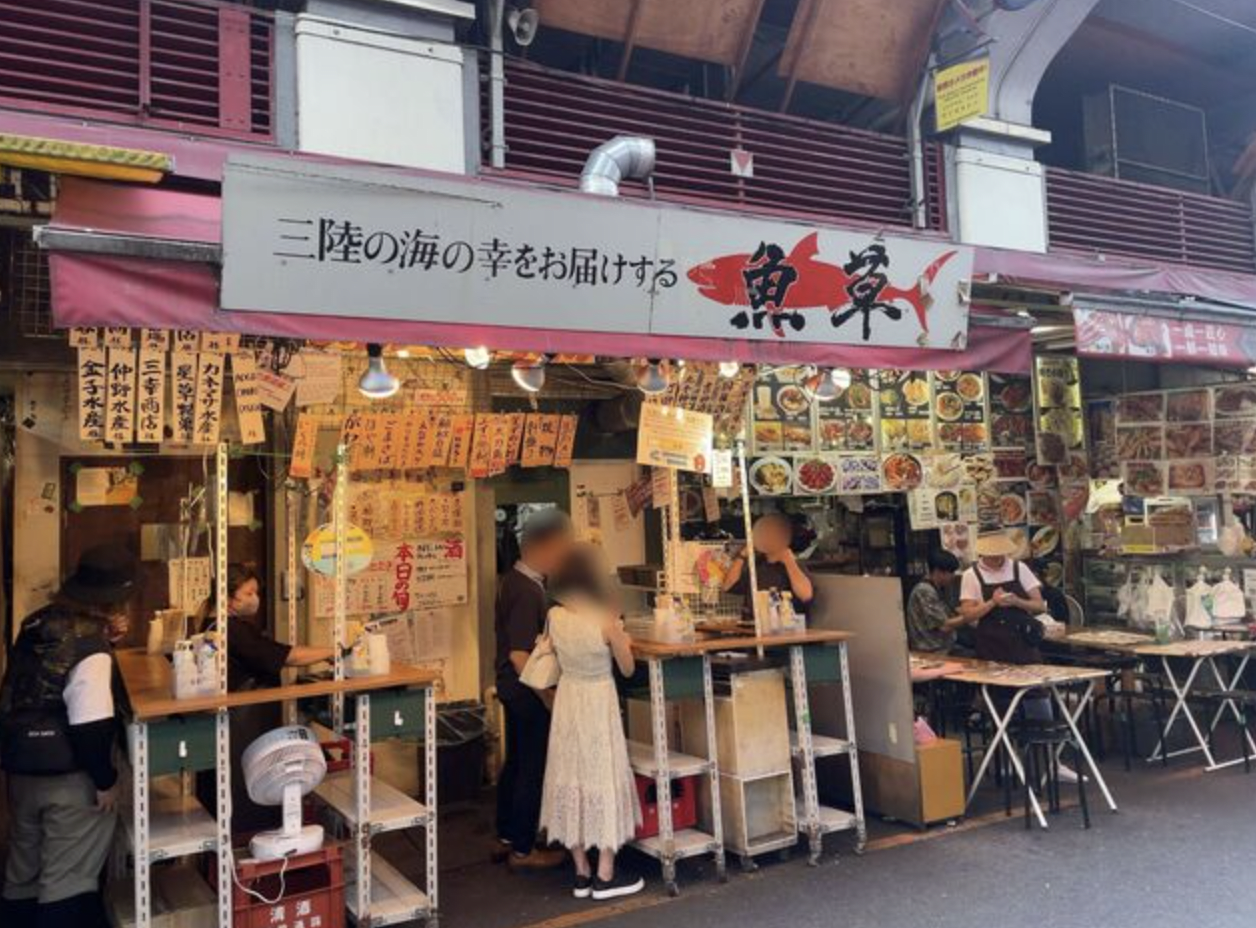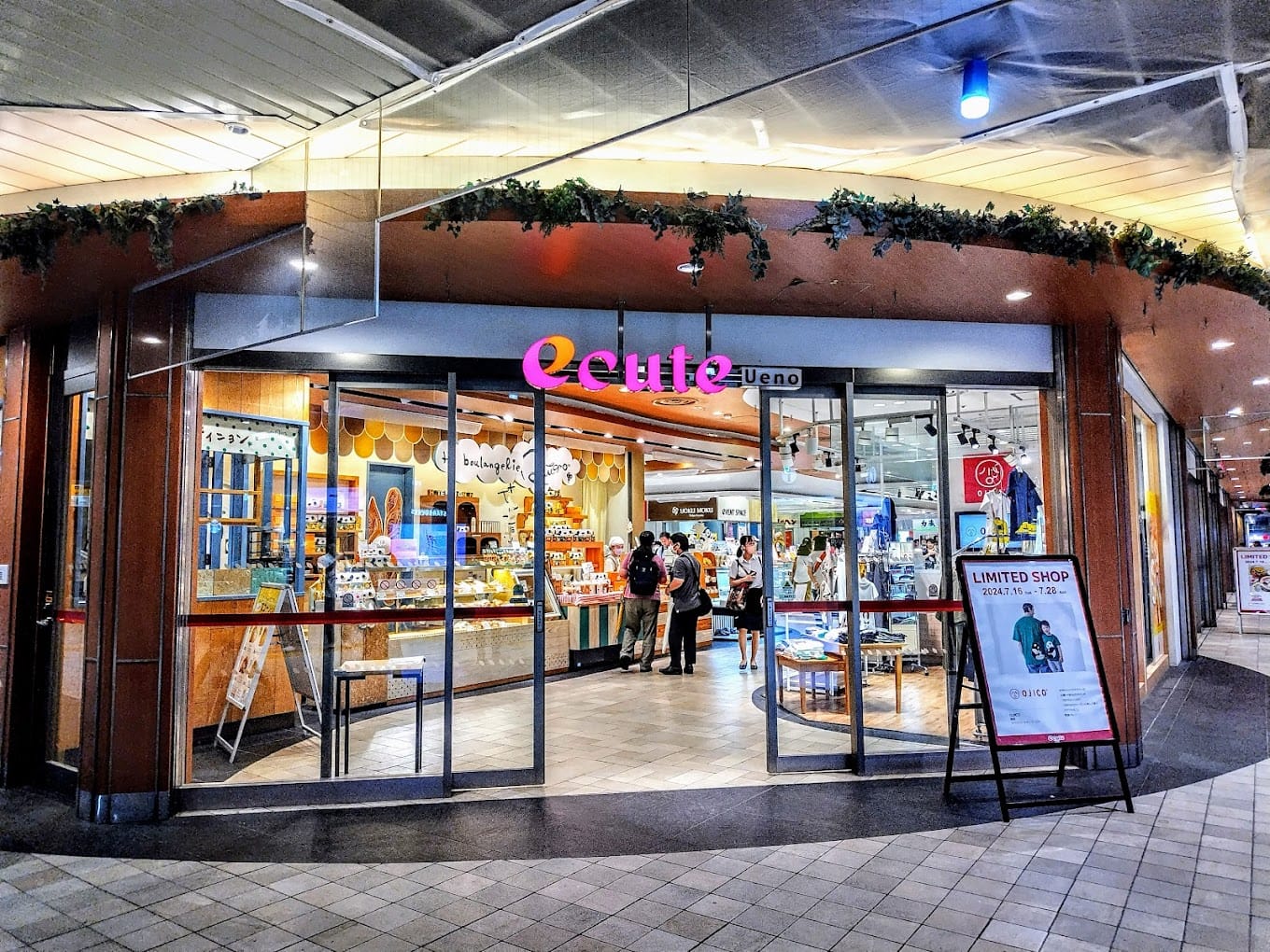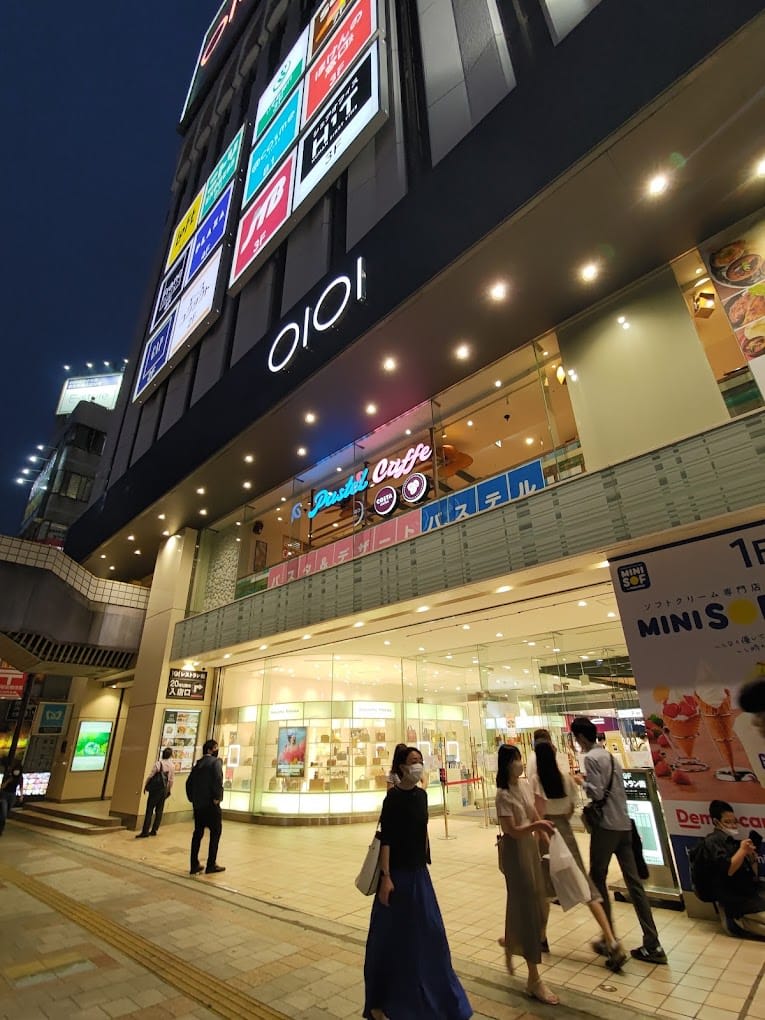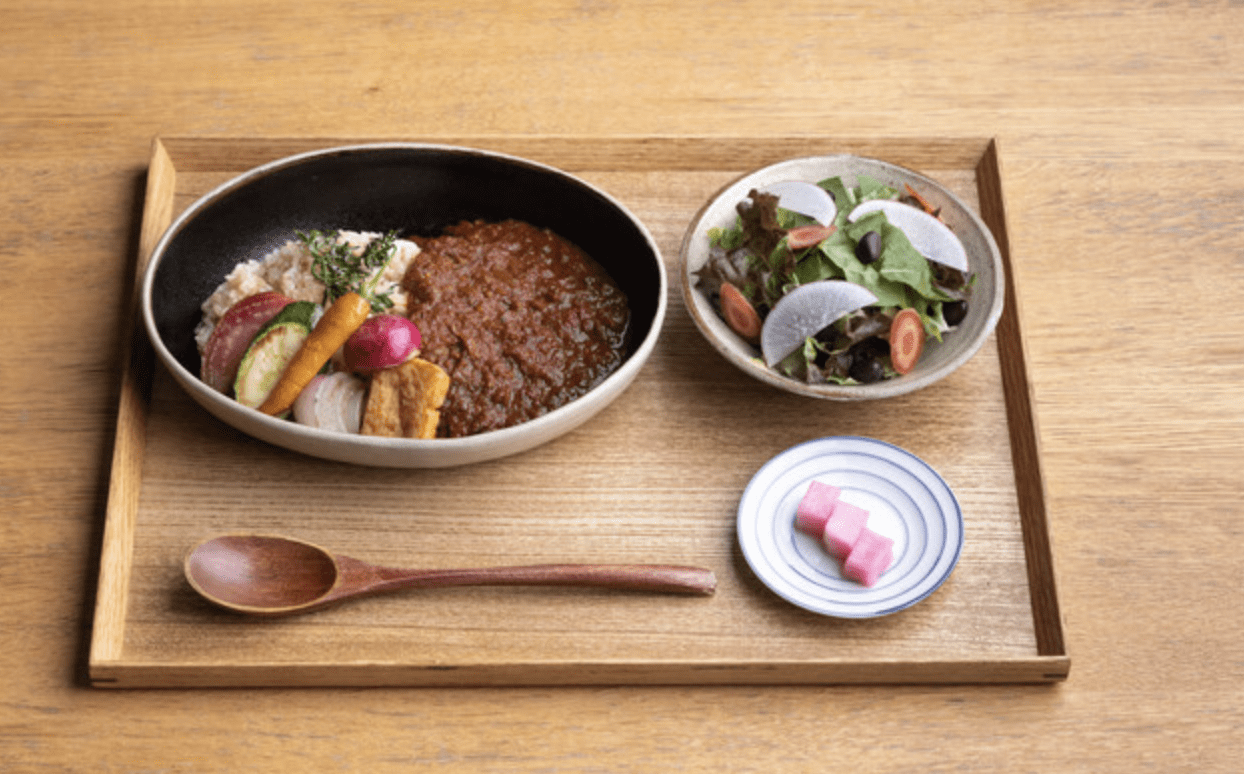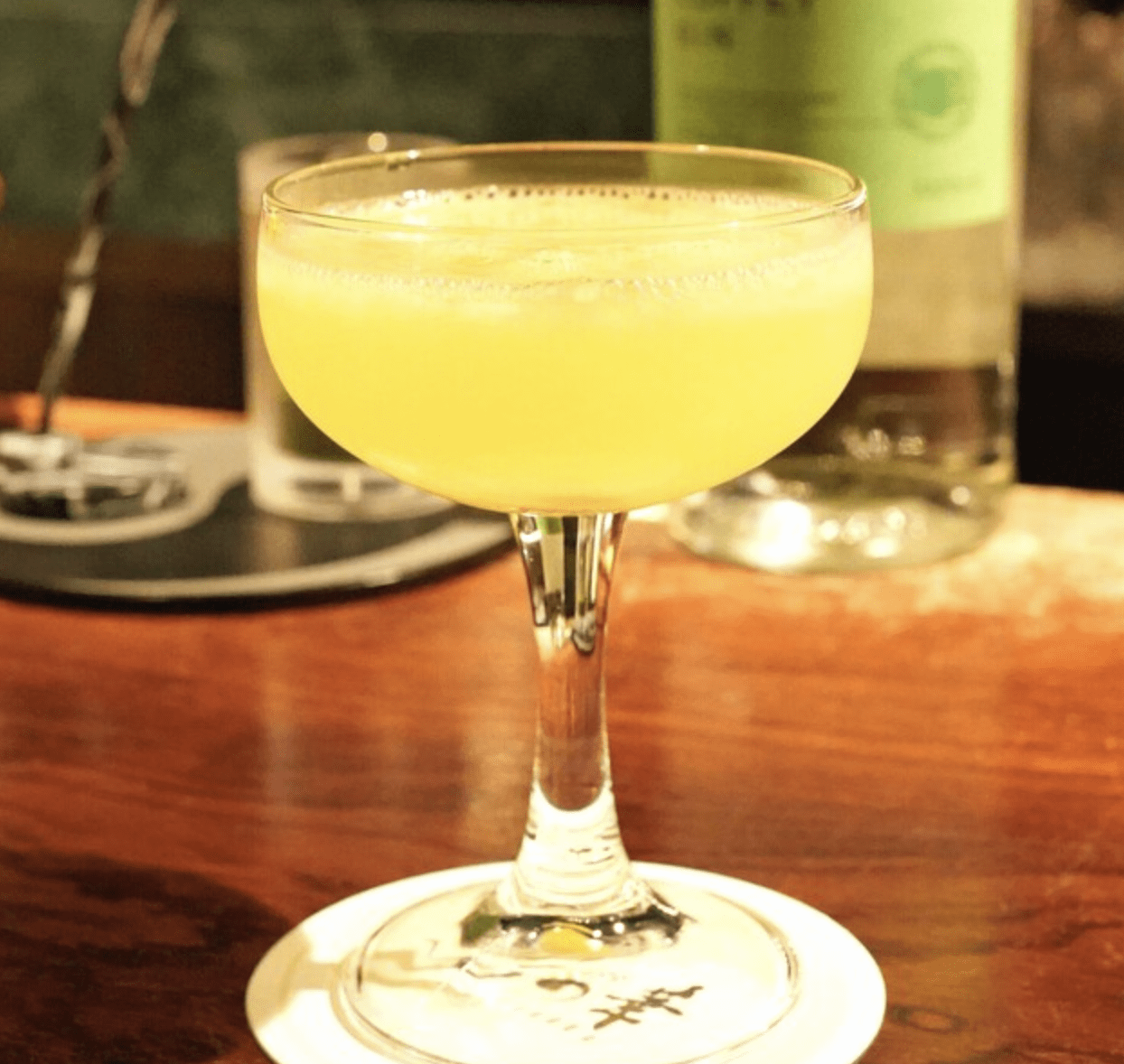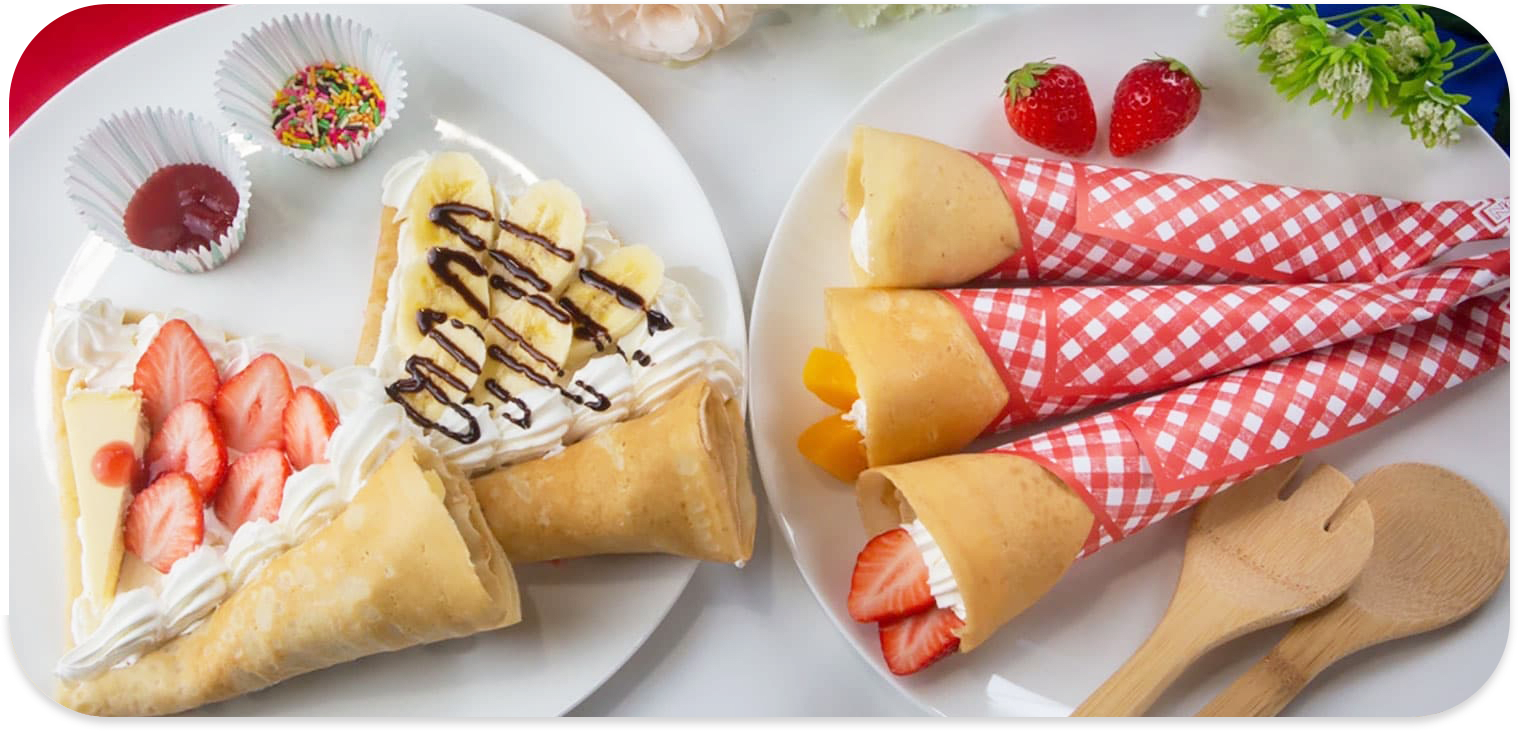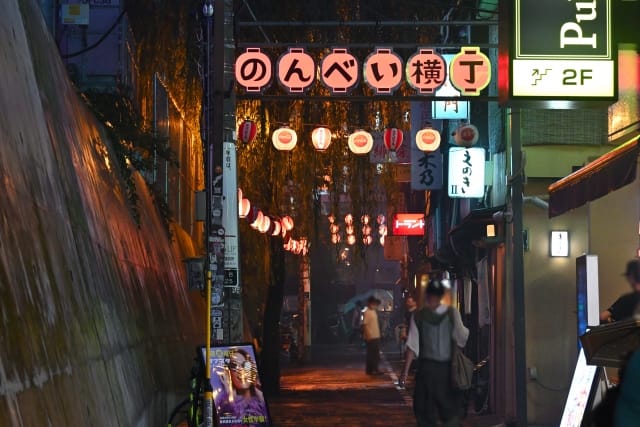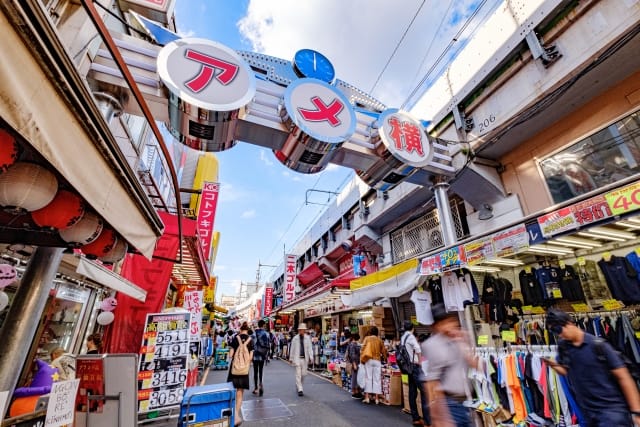Tokyo Perfect Food Guide 2025: The Culinary Journey in Japan's Capital
The reason for updating the article is the growing interest in tours that allow visitors to enjoy Japanese food culture and delicious dishes. As these tours gain popularity, Magical Trip's tour, which ranked #1 among all tours on Tripadvisor, has been receiving numerous applications.

For those interested in traditional Japanese cuisine, join the "Wagyu Beef & Sake Paring Foodie Tour in Ginza," where a knowledgeable local guide will take you to their highly recommended Japanese restaurants. While enjoying Wagyu and sake, your local guide will teach you proper dining etiquette and the best ways to savor each dish.
If you want to enjoy exceptional Japanese cuisine in Tokyo, consider joining one of these tours. With expert guides who know Tokyo inside and out showing you their recommended restaurants, you'll have an unforgettable Japanese dining experience.
・Tokyo Bar Hopping Night Tour in Shinjuku(ranked #1 among all tours on Tripadvisor)
・Finest Quality Sushi & Tempura Dining Experience in Ginza
We hope you'll have a wonderful time experiencing everything Ueno has to offer by joining a Magical Trip tour!
Introduction
I've been living in Tokyo for over 30 years, and I'm still amazed by the diversity of food in this city.
It's very sad that restaurants have been greatly impacted by the recent weak yen, but Tokyo is originally a wonderful food city where you can enjoy delicious meals and drinks casually and affordably anywhere.
Not only casual restaurants, but Tokyo also has the highest number of Michelin-starred restaurants in the world. Due to people gathering from all over the world, you can enjoy cuisines from various countries, and there are many cases where foreign cuisines have been Japanized to form their own category.
In any case, Tokyo has extremely high food diversity in various aspects.
I have visited various countries, but I'm convinced that Tokyo is undoubtedly one of the top cities in terms of quality and quantity of food. This is not just local favoritism (probably).
For example, sushi using fresh ingredients from Toyosu Market, popular ramen shops with long queues, tempura with crispy batter, Western cuisine, Chinese cuisine, and more - each has its unique charm.
Tokyo's sweets scene is also not to be missed. Fluffy pancakes, bubble tea originating from Taiwan, colorful desserts perfect for Instagram - these are especially popular among women and young people. I find myself taking photos every time I get my hands on these visually appealing and delicious sweets.
In this article, I will thoroughly introduce the charm of Tokyo gourmet divided into seven situations, carefully selected by me, who has lived in Tokyo for many years.
I hope you all use this article as a reference to fully enjoy the food of Tokyo!
Table of Contents
・Characteristics of Tokyo Gourmet
・Foods Representing Tokyo
・Enjoying Tokyo Food: A Guide for Various Situations
・Scene 1. Recommended Classic Food Experiences for First-time Tokyo Tourists
・Scene 2. Enjoying High-end Japanese Cuisine
・Scene 3. Enjoying Local Tokyo Food
・Scene 4. Enjoying Tokyo Food with Family
・Scene 5. Tokyo Gourmet Guide for Vegetarians and Vegans
・Scene 6. Gourmet Spots to Enjoy Food and Drinks in Tokyo at Night
・Scene 7. Tokyo's Trendy Sweets Tour
・Tips for Enjoying Tokyo Food
Characteristics of Tokyo Gourmet
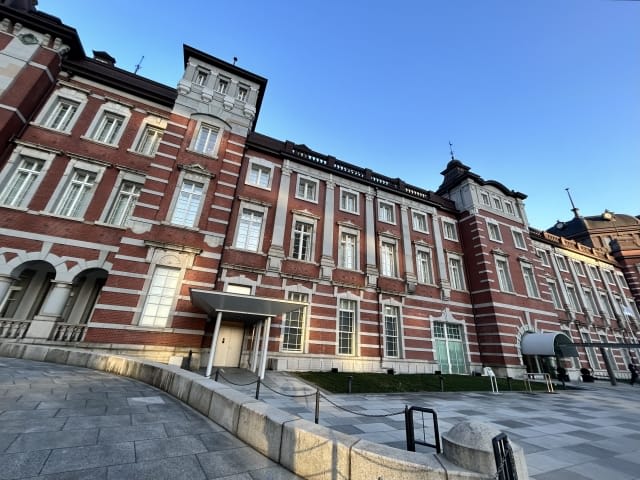
The gourmet scene in Tokyo continues to fascinate food enthusiasts from around the world with its diversity and high quality. Even though I've lived in this city for over 30 years, I still find surprises and discoveries because of these characteristics. By deeply understanding the characteristics of Tokyo's food culture, your Tokyo gourmet experience will become even richer.
History of Tokyo Gourmet
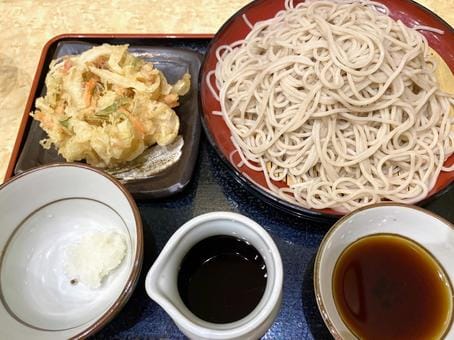
Tokyo's food culture is deeply rooted in its geographical features and historical background. Since the time when it was called Edo, seafood dishes using the abundant fish and shellfish from Tokyo Bay have developed. In particular, sushi and tempura are representative dishes of Tokyo that have continued since the Edo period.
Also, soba noodles, which can be eaten quickly, became established to suit the impatient temperament of Edo people. This shows that Tokyo's food culture is closely related to the character and lifestyle of the local people.
Interestingly, Tokyo became the capital of Japan relatively recently, about 500 years ago. Until then, Kyoto was the capital. As a result, Tokyo became a city that strongly reflected the culture of merchants and samurai rather than an aristocratic atmosphere.
This background has had a significant influence on Tokyo's food culture. Unlike Kyoto and Osaka, which have kaiseki cuisine that slowly savors ingredients, Tokyo developed simple dishes that can be prepared and eaten quickly.
Edo people were always busy and sought dishes that could be prepared quickly, eaten immediately, and were delicious.
Diversified Current Tokyo Gourmet
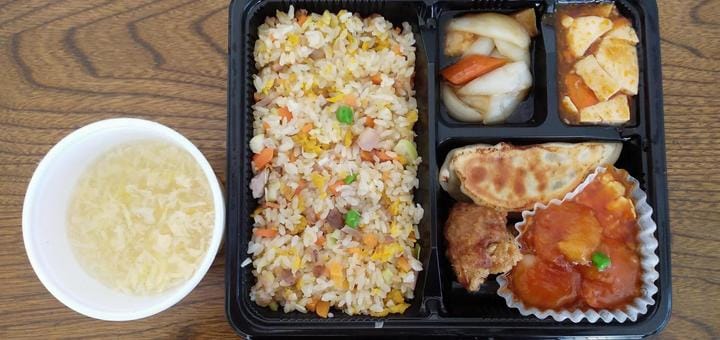
The modern food culture of Tokyo has further diversified and evolved based on its historical background.
You can enjoy cuisines from all over the world in one city, including Japanese, Western, Chinese, and ethnic cuisines. This is also proof that Tokyo has developed as an international city.
Particularly noteworthy is the existence of creative cuisine that incorporates new elements into traditional dishes. These restaurants pursue new flavors and textures based on traditional Japanese cooking methods and ingredients.
For example, there are innovative dishes that cross genres, such as Italian cuisine using Japanese cooking techniques or French cuisine using Japanese ingredients.
Also, Japanese restaurants offer many seasonal limited menus using seasonal ingredients. This reflects Tokyo's culture of "tasting the seasons," allowing you to enjoy new flavors even at the same restaurant depending on the season.
Another characteristic of Tokyo is its convenience. Many restaurants are concentrated near stations and in busy areas, making it easy to access gourmet spots.
From izakayas where Tokyo locals can casually drop by after work to high-end restaurants for special occasions, there are restaurants catering to all needs within walking distance.
In the next section, I will introduce in detail the foods that represent Tokyo.
Foods Representing Tokyo
As the center of Japanese food culture, Tokyo offers a diverse and rich food experience. What I find particularly attractive after living in Tokyo for many years is that you can enjoy a wide range of cuisines, from traditional Japanese dishes to modern creative cuisine, at a high level.
Here, I'd like to introduce representative dishes that I absolutely want foreign visitors to Tokyo to taste.
Sushi
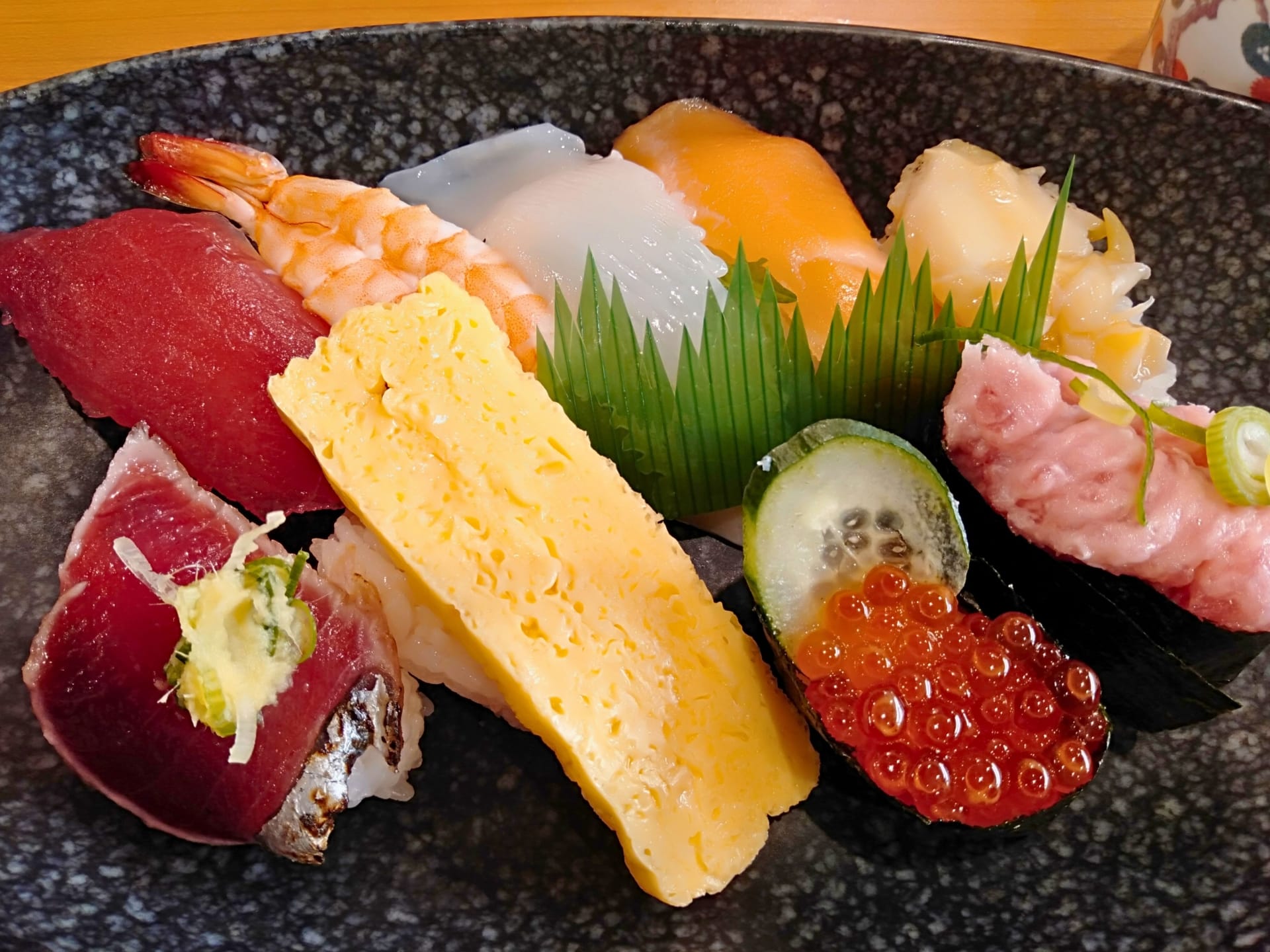
Sushi is probably the most famous Japanese dish worldwide. In Tokyo, "Edomae sushi" using fresh seafood is particularly famous. The characteristics of Edomae sushi lie in its high freshness and the skill of the sushi chefs.
What I particularly like is being able to watch the chef's techniques up close over the counter. Every knife skill and hand movement in forming the sushi reflects years of experience and effort.
Also, enjoying seasonal ingredients that change with the seasons is one of the pleasures of sushi. You can enjoy different flavors each season, such as cherry blossom sea bream in spring, conger eel in summer, pacific saury in autumn, and yellowtail in winter.
Tokyo's sushi restaurants range from high-end establishments to affordable conveyor belt sushi. At high-end restaurants, a single piece of sushi can cost over 1,000 yen, but the taste is exceptional. On the other hand, reasonably priced conveyor belt sushi is also popular for its high quality.
I especially recommend sushi restaurants around Tsukiji Market or Toyosu Market. Sushi using fresh ingredients directly from the market is truly exquisite. Eating sushi after visiting the market early in the morning and observing the lively auction has a particularly special flavor.
Ramen
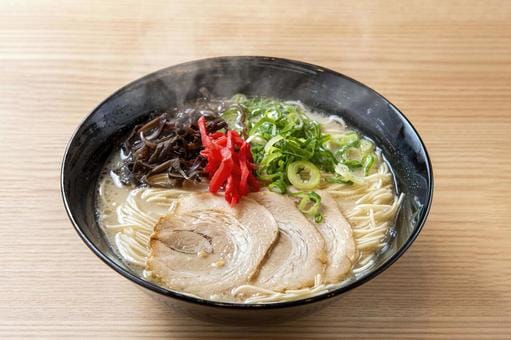
Ramen has become one of Japan's representative dishes, and Tokyo is a fierce battleground for ramen where various styles from all over Japan converge.
In Tokyo, you can enjoy ramen with various soup bases such as tonkotsu (pork bone), shoyu (soy sauce), shio (salt), and miso all in one city. Each soup has its unique flavor, and you'll never get tired of it no matter how many times you visit.
Also, many ramen shops in Tokyo are open late at night. It's a typical scene in Tokyo to see locals enjoying hot ramen as a late-night meal after work or drinking parties.
I often stop by my local ramen shop on days when I work late. Even late at night, the shop is often crowded with regular customers.
Tempura
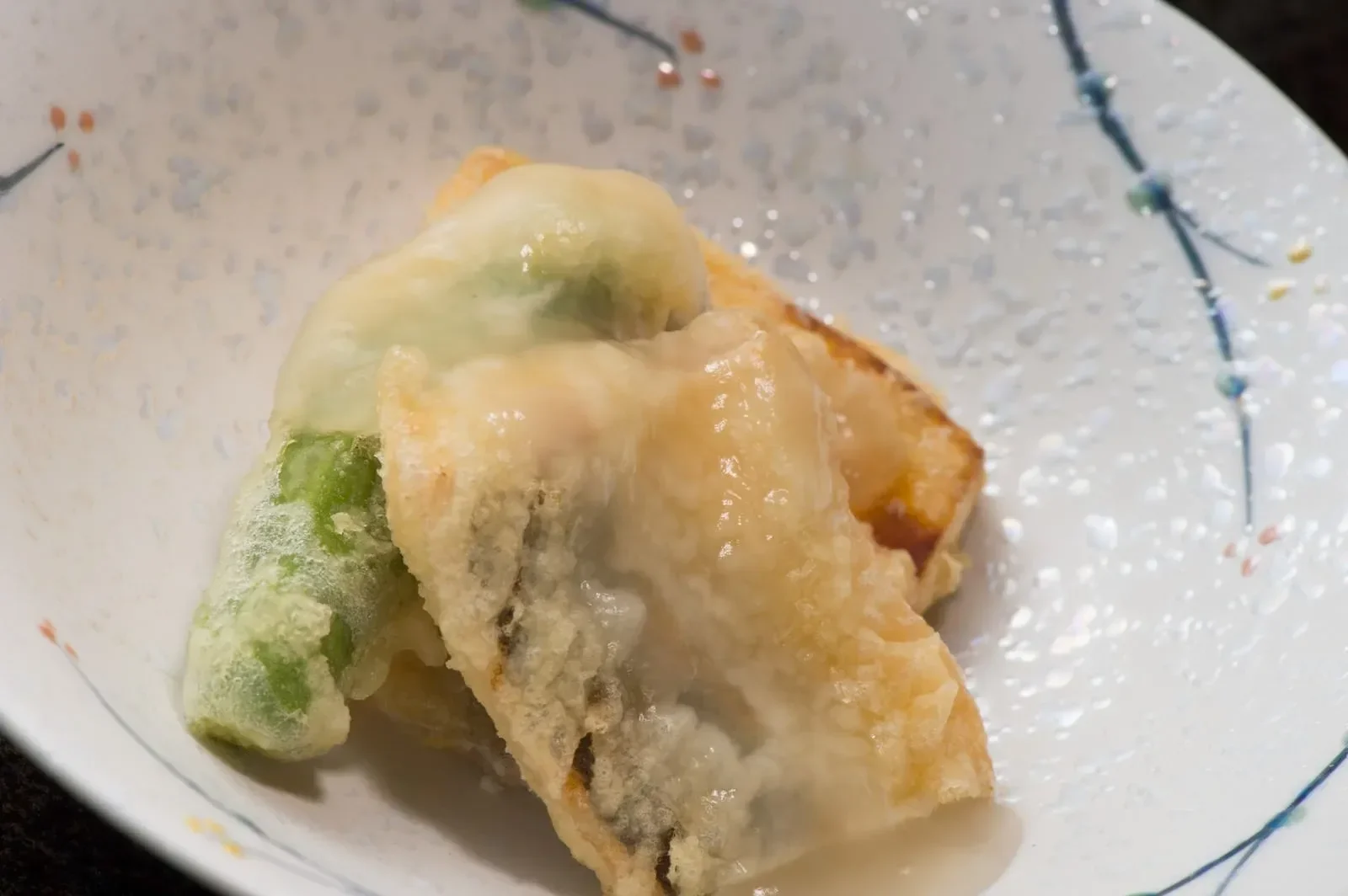
Tempura is a Japanese dish known for its harmony between crispy batter and fresh ingredients. Tokyo's tempura is particularly refined, and its high level of technique is recognized worldwide.
Ingredients wrapped in thin batter are deep-fried, concentrating the umami and highlighting the original flavor of the ingredients. I think tempura using seasonal vegetables and seafood is one of the best ways to taste Tokyo's seasons.
At high-end tempura restaurants in Tokyo, it's common to have counter seats where the chef fries the tempura right in front of you. This scene is like watching an artistic performance. The chef's handling, temperature control of the oil, and perfect timing of frying are truly impressive.
Tempura ingredients are very diverse. In addition to standard items like shrimp and conger eel, there are seasonal vegetables, unusual seafood, and sometimes even meat. My favorites are tempura made with seasonal ingredients like bamboo shoots in spring or matsutake mushrooms in autumn. These are luxurious dishes that can only be enjoyed during that season.
There are also various ways to enjoy tempura. While dipping in tempura sauce is common, eating with salt is also delicious. Recently, many shops offer flavored salts like matcha salt or yuzu salt.
When enjoying tempura in Tokyo, my advice is to eat it as fresh as possible. The crispy texture of the batter is at its best right after frying. Also, choosing a course meal is recommended for first-timers as you can enjoy various ingredients in small portions.
Soba
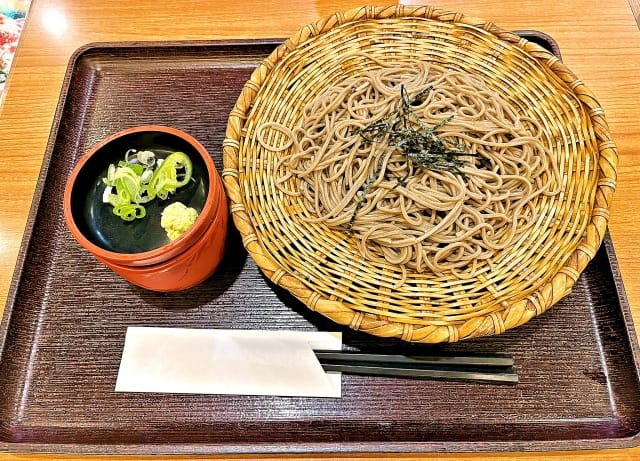
Soba is a traditional noodle dish that has been loved by Tokyoites since the Edo period. Eating soba in Tokyo is like experiencing food culture from the Edo period.
There are various styles of soba restaurants, from standing soba shops to long-established high-end establishments. In particular, standing soba shops inside stations or on street corners are valuable spots where you can glimpse the everyday life of busy Tokyo.
There are also many ways to enjoy soba. Cold zaru soba is the ultimate comfort food on a hot summer day. The smooth texture of the noodles and the aroma of the dipping sauce with condiments make you forget the heat. On the other hand, hot kake soba is a reliable companion that warms you up on a cold winter day.
I recommend trying the limited-time menus that change with the seasons. For example, you can enjoy seasonal flavors like sansai (mountain vegetable) soba in spring, cold tsukimi (moon-viewing) soba in summer, mushroom soba in autumn, and kakiage (mixed tempura) soba in winter.
Unagi (Eel)

Unagi is one of the luxurious dishes that represent Tokyo's summer. In particular, the grilled eel seasoned with the secret sauce of long-established shops is simply exquisite.
The surface is crispy and fragrant, while the inside is soft and fluffy. The sweet and savory sauce coating it creates a complex flavor in your mouth. Particularly, the sauce is made with each shop's secret recipe, allowing you to enjoy flavors that have been passed down for generations.
In Tokyo, there are various ways to eat unagi. The most common is "unaju," where grilled eel is served on top of white rice.
Another popular way is "hitsumabushi," which originated in Nagoya. This is a method of eating where unaju is finely chopped and eaten with condiments and dashi broth. The flavor changes as you eat, allowing you to enjoy it without getting bored until the end.
Monjayaki

Monjayaki is a unique food culture originating from the downtown area of Tokyo. At first glance, it might seem plain in appearance and a bit difficult to eat, but its unique taste and the fun of eating it can be said to be the essence of Tokyo's food culture.
I still vividly remember the shock when I first ate monjayaki. It has a thin and sticky texture, similar to okonomiyaki but completely different. And the joy of cooking and eating it yourself. This is a unique experience that can't be had with other dishes.
The charm of monjayaki also lies in its diversity of flavors. You can enjoy it by mixing various ingredients into the basic batter. There are many variations, from standard mentaiko cheese to seafood mix.
Also, the real pleasure of monjayaki is enjoying it with friends or family. Gathering around one table, chatting while cooking and eating - I believe this is the best way to experience the downtown culture of Tokyo.
If you want to enjoy monjayaki in Tokyo, I recommend the downtown areas like Tsukishima or Tsukiji. Tsukishima, in particular, has so many monjayaki shops lined up that it's called "Monja Street." If you're unsure which shop to choose, picking one with a long queue is a safe bet.
Set Meals (Teishoku)
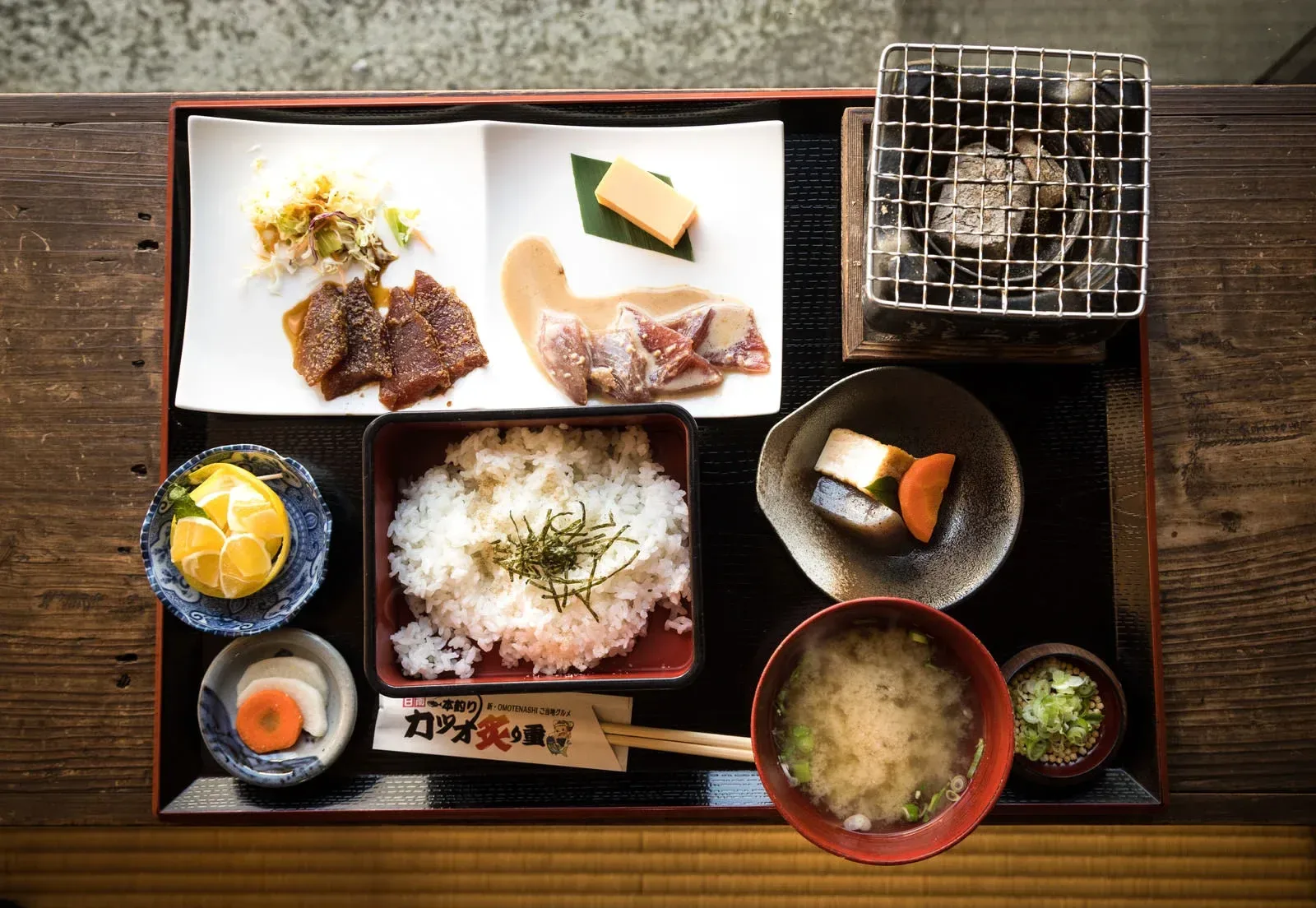
Teishoku, or set meals, are representative set meals that can be eaten in Tokyo. Generally consisting of rice, a main dish, side dishes, and miso soup, they are known as healthy meals with a good nutritional balance.
The reasons I particularly love teishoku are its "good value for money" and "good balance." Being able to enjoy a nutritionally balanced meal at a reasonable price in one sitting is a unique charm of teishoku.
Teishoku is a strong ally for urban dwellers, allowing them to easily have a healthy meal in the busy daily life of Tokyo.
There are many types of teishoku. From those centered on fish or meat to those focused on vegetables, there are various variations.
Also, teishoku is a wonderful opportunity to experience Japanese food culture all at once. For example, if you order a grilled fish teishoku, you can taste the fish dishes that Japanese people eat daily. If you order a tonkatsu (pork cutlet) teishoku, you can enjoy Western-style food that has evolved in a Japanese way.
Tonkatsu
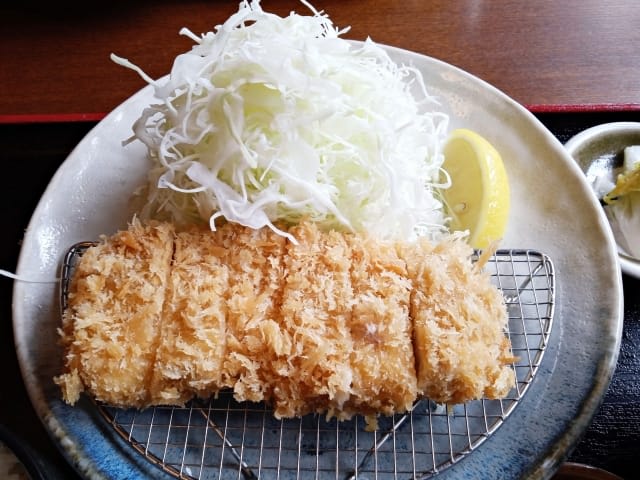
Tonkatsu is a dish of breaded and deep-fried pork, and it's one of the representative foods of Tokyo. The contrast between the crispy breading and the juicy meat is exquisite, creating an unforgettable taste once you try it.
While it may seem like a simple dish at first glance, it actually requires the chef's skill in many aspects, from selecting the pork, applying the breading, to frying.
In Tokyo's tonkatsu restaurants, it's common to serve it as a "set meal" style. Along with the tonkatsu, you get shredded cabbage, rice, and miso soup. This style is loved by many people because it has a good nutritional balance and provides a satisfying meal.
There are also various ways to enjoy tonkatsu. While it's common to eat it with sauce, it's also delicious with salt or mustard.
Shabu-shabu and Sukiyaki
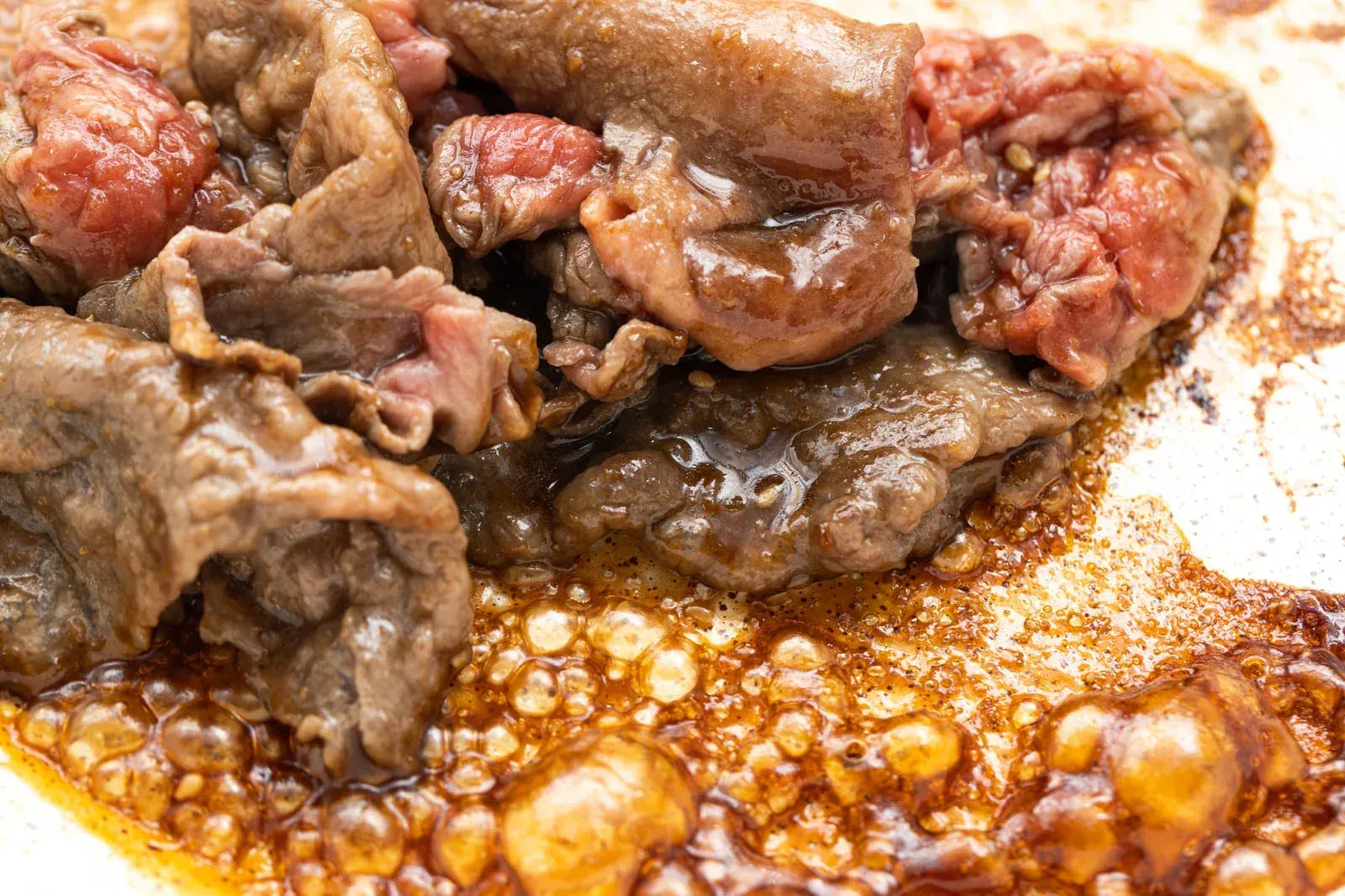
Shabu-shabu and sukiyaki are representative Japanese hot pot dishes, and in Tokyo, you can enjoy them in various styles, from high-end restaurants to casual chain stores.
Shabu-shabu is a dish where you briefly cook thinly sliced meat (usually beef or pork) in boiling water or dashi broth. Its name comes from the "shabu shabu" sound made when dipping the meat in the broth.
On the other hand, sukiyaki is a traditional Japanese hot pot dish where meat and vegetables are cooked in a sweet and savory sauce called warishita. It mainly uses beef and is cooked with vegetables like onions, Chinese cabbage, shiitake mushrooms, and chrysanthemum leaves.
Both dishes are popular winter staples in Tokyo. Gathering around a hot pot with family or friends to eat on a cold day is an important aspect of Tokyo's food culture. I often enjoy these hot pot dishes with friends for dinner parties or family gatherings.
In Tokyo, many restaurants offer both shabu-shabu and sukiyaki, which is convenient as you can choose based on your preference or mood.
Yakitori
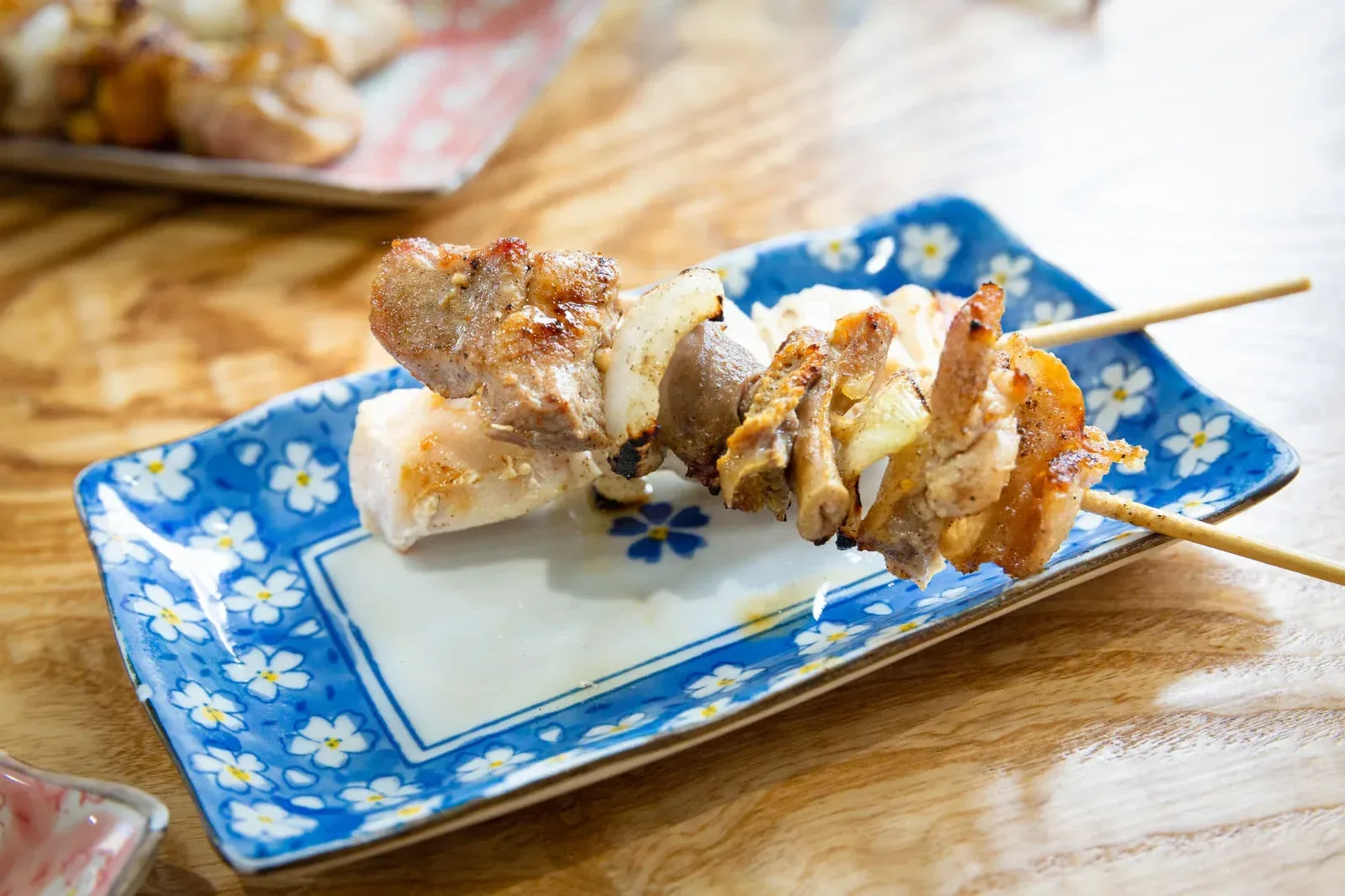
Yakitori is an essential part of Tokyo's food culture. It refers to skewered and grilled chicken dishes.
I particularly love yakitori for its "variety." You can enjoy various parts of the chicken, from standard parts like thigh and breast meat to negima (alternating chicken and green onion), tsukune (grilled chicken meatballs), and even innards like gizzard and liver.
The charm of yakitori also lies in its cooking method. Many shops grill it over charcoal, bringing out a fragrant flavor. The aroma of chicken grilling over charcoal is sure to stimulate your appetite.
Another characteristic of yakitori is that you can choose between sauce or salt. The sweet and savory sauce pairs excellently with sake, while salt is recommended for those who want to enjoy the original flavor of the ingredients.
Yakiniku
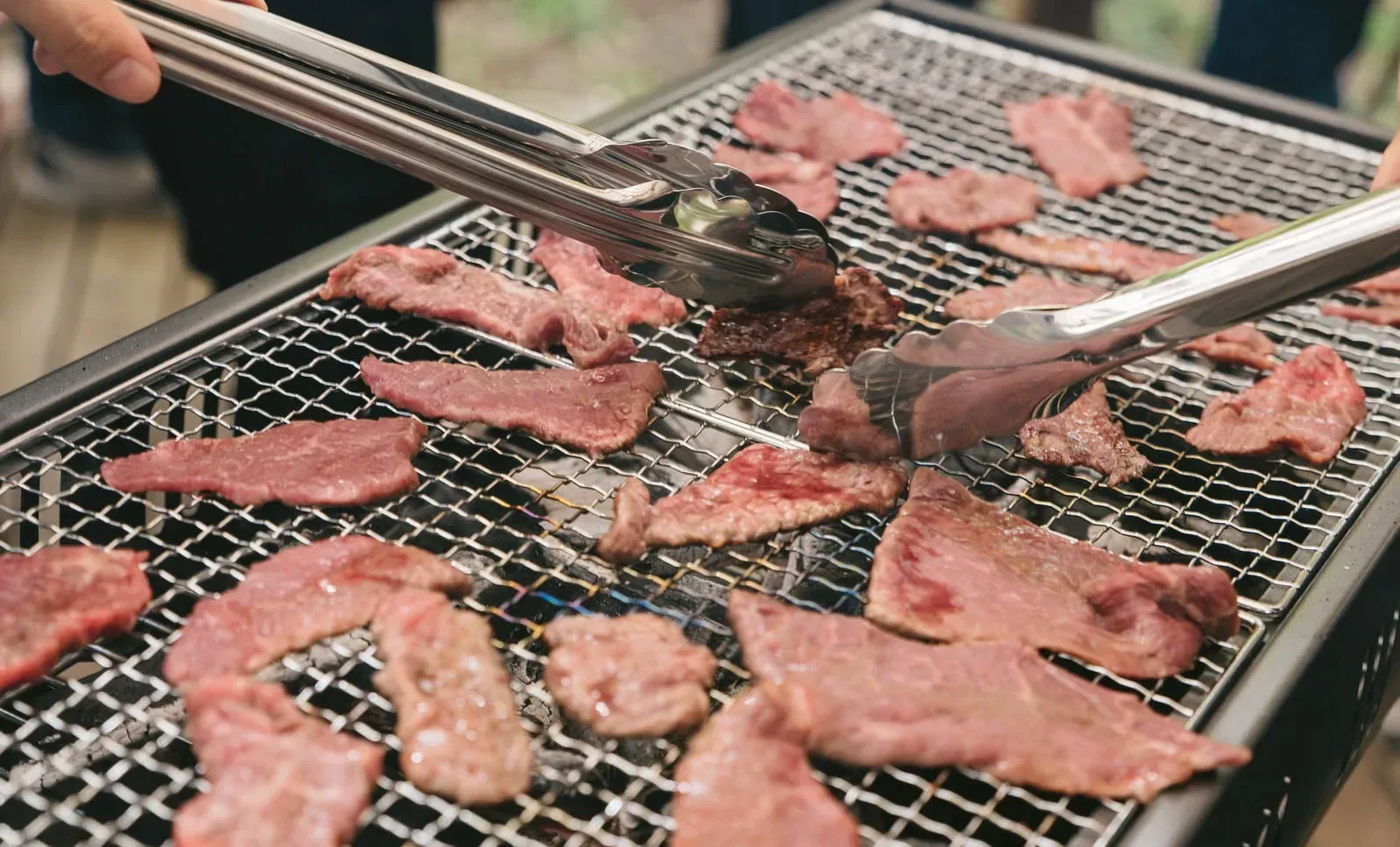
Yakiniku, which can be described as Japanese-style BBQ, holds an important position in Tokyo's food culture. Its characteristic is that you can cook the meat to your preferred doneness on a grill or griddle installed at your table.
You can choose from various grades of meat, from high-grade wagyu to reasonably priced imported meat, according to your preference and budget.
Also, gathering around the table with friends or family, cooking the meat while enjoying conversation - I believe this shared time is the real pleasure of yakiniku.
Particularly popular among Tokyo locals is "horumon-yaki." This dish of grilling beef or pork innards is characterized by its unique texture and rich flavor. However, it might be a bit challenging for foreigners due to its unique taste.
Enjoying Tokyo Food: A Guide for Various Situations
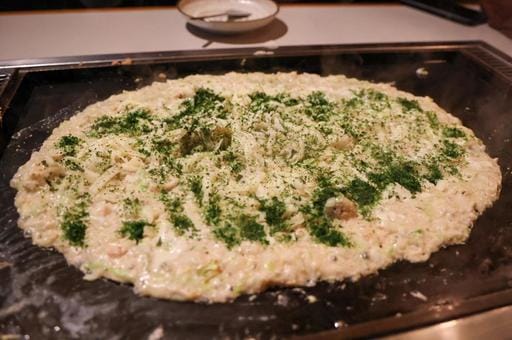
The charm of Tokyo's food culture continues to fascinate food enthusiasts from around the world with its diversity and depth. A characteristic of Tokyo is the coexistence of various styles of restaurants, from famous establishments for tourists to local eateries loved by locals.
Tokyo is a treasure trove of food that caters to all needs, from places enjoyable for families to hidden spots for adults.
Even though I've lived in Tokyo for over 30 years, I still make new discoveries because of this diversity. For tourists too, Tokyo's food is an endless source of attraction, and you can have new experiences no matter how many times you visit.
Below, I'll introduce gourmet spots in Tokyo for various situations. I've carefully selected places that can be enjoyed by everyone from first-time visitors to Tokyo to repeat visitors, catering to different purposes and preferences.
I hope this will serve as a reference for your Tokyo gourmet journey!
Scene 1. Recommended Classic Food Experiences for First-time Tokyo Tourists
For those visiting Tokyo for the first time, it's very important to choose places where you can experience the diversity and depth of this city's food culture at once. Here, I'll introduce two representative areas where you can taste the essence of Tokyo's food culture.
Tsukiji / Toyosu Market Area
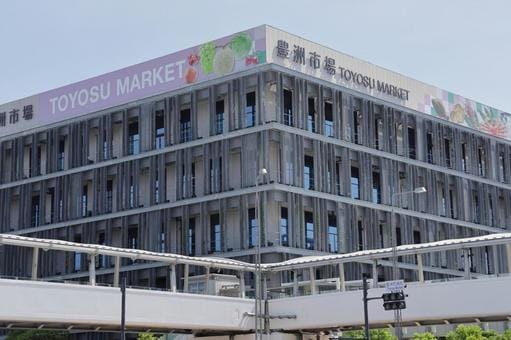
The Tsukiji / Toyosu Market area can be said to be the center of Tokyo's food culture.
The former Tsukiji Market and the current Toyosu Market are known as one of the world's largest fish markets and are treasure troves of fresh seafood. In this area, you can enjoy fresh sushi for breakfast, making it the best place to experience "Tokyo's morning."
What I find particularly attractive is the lively atmosphere of the market. The auction scene that starts early in the morning is a valuable opportunity to glimpse Tokyo's commercial culture.
Especially at Toyosu Market, you can observe the auction from a dedicated viewing deck. The sight of buyers judging fish and intermediate wholesalers conducting the auction with energetic calls is very impressive.
To briefly explain the difference between Tsukiji and Toyosu, Tsukiji Market was closed in 2018, and most of its functions were transferred to Toyosu Market. However, many sushi restaurants and seafood restaurants still remain in the Tsukiji area, making it a popular spot for tourists.
On the other hand, Toyosu Market is a huge indoor market equipped with the latest facilities, with thorough hygiene management.
Regarding access, the Tsukiji area is a few minutes' walk from Tsukiji Station on the Tokyo Metro Hibiya Line. Meanwhile, Toyosu Market is directly connected to the newly established Toyosu Market Station (Yurikamome Line), which is very convenient.
Both have good access from central Tokyo and are ideal as starting points for sightseeing.
Recommended Restaurant in Tsukiji: Sushichou
Source: Tabelog by Sushichou
Sushichou is a standing sushi restaurant located just a 1-minute walk from Tsukiji Station.
The reason I particularly like this restaurant is its high cost-performance. They offer delicious and fresh fish at surprisingly low prices, starting from 90 yen per piece.
This affordable pricing is possible because of the standing style. However, they don't compromise on quality. Rather, they provide fish in the best condition using the fish-judging skills cultivated in Tsukiji Market over many years.
Even after the market moved to Toyosu, Sushichou maintains its popularity. This is not just because of its good location, but because its reliable quality and good prices are appreciated. No reservation is required, so you can casually drop by during your Tokyo sightseeing.
<Store Information>
Address: 3 Chome-10-9 Tsukiji, Chuo City, Tokyo 104-0045
Closed: None
Phone: 03-6226-5422
Hours: 11:15 AM–8 PM
Website: https://x.gd/wnYoe
Recommended Restaurant in Toyosu: Daiwazushi
Source: Tabelog by Daiwa Sushi
Daiwazushi is a super popular restaurant in Toyosu Market, especially known for using high-quality tuna. I particularly recommend this restaurant for its freshness and craftsmanship.
It's a high-end "sushi-ya" style with only counter seats, and one of its attractions is being able to see the chef's skills up close.
Of course, the sushi made with fresh fish is excellent, but don't miss the special menu that changes with the seasons. For example, you can enjoy sushi that's only available at that time, such as cherry blossom sea bream in spring, conger eel in summer, and pacific saury in autumn. These seasonal items are perfect for experiencing the concept of "shun" (seasonal peak) in Tokyo's food culture.
The budget is around 6,000-7,000 yen per person, which is a bit high, but you can eat the best sushi worth the price. However, be aware that there may be long waiting times due to its popularity. Also, note that the operating hours are earlier than usual.
My recommendation is to visit right after opening at 6 AM. While it requires an early start, you can enjoy sushi in its best condition with relatively less waiting time.
It's expensive and you might have to queue, but you won't regret going. It's definitely a recommended sushi restaurant for those who want to taste the highest grade fish in Toyosu Market.
<Store Information>
Address: 6 Chome-3-2 Toyosu, Koto City, Tokyo 135-0061
Closed: Wednesdays, Sundays
Phone: 050-3144-0220
Hours: 6 AM–1 PM
Instagram: https://www.instagram.com/daiwazushi/
Asakusa Area
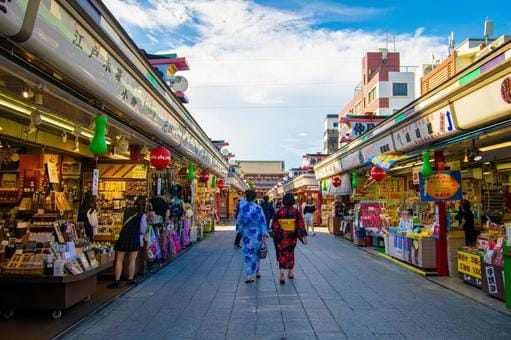
Asakusa is one of the areas that retains the strongest downtown culture in Tokyo, where you can enjoy a unique atmosphere where Tokyo's tradition and modernity blend.
The food experience in Asakusa becomes a journey that you enjoy with all five senses. First, I recommend trying ningyo-yaki in front of Kaminarimon Gate.
Ningyo-yaki is one of Asakusa's specialties, a small baked confectionery in the shape of cute dolls. It's characterized by a crispy exterior and moist interior, and the fragrant smell of freshly baked ningyo-yaki is also part of its charm.
Next, try comparing different types of senbei (rice crackers) on Nakamise Street of Sensoji Temple. There are various flavors and shapes of senbei, and many shops bake and sell them on the spot.
To conclude your food experience in Asakusa, I recommend monjayaki. Monjayaki is a dish originating from Tokyo's downtown, characterized by its unique way of eating and taste. The experience of eating the batter cooked right in front of you can be said to be experiencing Tokyo culture through "food".
Access to Asakusa is very convenient. It's within walking distance from Asakusa Station on the Tokyo Metro Ginza Line, Asakusa Station on the Tobu Skytree Line, or Asakusa Station on the Toei Subway Asakusa Line. Also, arriving in Asakusa by water bus from the Sumida River is atmospheric and recommended.
Asakusa Monjayaki Zenya
Source: Tabelog by k-y-land
Asakusa Monjayaki Zenya is a popular monjayaki restaurant in Asakusa.
Monjayaki might seem a bit difficult for first-timers. However, at Zenya, the staff will actually cook it in front of you, so even beginners can enjoy it with peace of mind.
The budget is around 2,000-3,000 yen per person, allowing you to experience authentic monjayaki at a reasonable price.
<Store Information>
Address: 1 Chome-21-9 Asakusa, Taito City, Tokyo 111-0032
Closed: None
Phone: 050-3144-0220
Hours: 10:30 AM–11 PM
Website: https://tabelog.com/en/tokyo/A1311/A131102/13227471/
Mihatodo
Source: Tabelog by MITTAN
Mihatodo is a ningyo-yaki shop on Nakamise Street in Asakusa.
There are several ningyo-yaki shops in Asakusa, but in my personal opinion, I find Mihatodo to be the most delicious. The reason is that the balance between the moist texture of the dough and the refined sweetness of the bean paste inside is exquisite.
Ningyo-yaki is a traditional confectionery in Asakusa, with its history dating back to the Edo period. At Mihatodo, while preserving the traditional manufacturing method, it's been slightly adjusted to suit modern tastes. The crispy exterior and moist interior are a testament to the craftsman's skill.
The price is also attractive, as you can casually enjoy it for under 1,000 yen. The cute doll-shaped baked confectionery is also perfect for taking photos.
<Store Information>
Address: 1 Chome-30-37-1 Asakusa, Taito City, Tokyo 111-0032
Closed: None
Phone: 03-3841-5079
Hours: 9 AM–7 PM
Website: https://tabelog.com/en/tokyo/A1311/A131102/13125363/
Scene 2. Enjoying High-end Japanese Cuisine
Tokyo is known as a place where you can enjoy world-class Japanese cuisine. In particular, it boasts the highest number of Michelin-starred restaurants in the world, and its high quality continues to fascinate gourmets from around the world.
Here, I'll introduce the optimal area for enjoying high-end Japanese cuisine.
Ginza Area

Ginza is famous not only as Tokyo's representative high-end shopping district but also as an area where you can enjoy the finest Japanese cuisine. In particular, many Michelin-starred sushi restaurants are gathered here, where you can savor the best Edomae sushi.
The reason I particularly love the high-end sushi restaurants in Ginza is their outstanding techniques and top-quality ingredients. Dining here is not just a "meal," but an experience of tasting a "work of art." The results of decades of training by the chefs are concentrated in a single piece of sushi.
Many of the high-end sushi restaurants in Ginza are characterized by small-scale shops with only counter seats.
Also, the Ginza area is not only home to high-end sushi restaurants but also gathers various genres of high-end Japanese restaurants including kaiseki cuisine, tempura, and sukiyaki.
Access to Ginza is very convenient. The nearest station is Ginza Station on the Tokyo Metro Ginza Line, Marunouchi Line, and Hibiya Line. It's also within walking distance from JR Yurakucho Station. It's also enjoyable to walk to your destination restaurant while enjoying the streets of Ginza lined with high-end brand stores.
Harutaka
Source: Tabelog by Harutaka
Harutaka is a sushi restaurant in Ginza that was awarded three Michelin stars in the 2024 Tokyo Michelin Guide, the only one to receive this honor. I particularly recommend this restaurant for its overwhelming quality and the high level of the chef's skills.
Harutaka is highly popular among locals as a representative sushi restaurant of Ginza, and indeed Tokyo. The secret to its popularity lies in the high quality of its ingredients and the chef's skill in bringing out their best flavors.
Moreover, the charm of Harutaka is not limited to sushi. They also serve seasonal soups and grilled dishes, each of which is as perfectly executed as the sushi.
I particularly look forward to the seasonal soup that changes each time, as it's a dish that allows you to feel the seasons of Tokyo.
However, Harutaka is famous for being very difficult to make a reservation. You need to make a reservation by phone, which is quite challenging in itself.
My advice is to start trying to make a reservation about a month in advance. Many high-end restaurants start accepting reservations one month in advance, so it's good to aim for that day.
For those who don't speak Japanese, using the concierge service of your hotel is one option.
The budget is 60,000-70,000 yen, which is top-level expensive, but you can be sure that you'll get the best sushi worth that price. I highly recommend this restaurant for special occasions or for those who want to experience a once-in-a-lifetime luxury.
<Store Information>
Address: 6F, 8-3-1 Ginza, Chuo City, Tokyo 104-0061
Closed: Sundays
Phone: 03-3573-1144
Hours: 5 PM–11 PM
Website: http://www.ginza-sushi.com/harutaka.html
Kanesaka
Source: Tabelog by pateknautilus40
Kanesaka is a two-Michelin-starred restaurant in Ginza, and I particularly recommend it for its excellent technique and the ability to enjoy high-end sushi at lunchtime.
While many high-end sushi restaurants only operate in the evening, Kanesaka is open for lunch except on Mondays. This is a great option for those who want to enjoy high-end sushi during the day or for those who are a bit hesitant about the expensive evening courses.
In fact, among the two-starred restaurants in Ginza, Kanesaka's lunch is very popular among locals.
What particularly impressed me about Kanesaka is its "excellence in simplicity." Not only the quality of the seafood used, but the temperature of the shari (vinegared rice) and the way it's formed all showcase the chef's skill in the details.
One characteristic of Kanesaka is its no-camera policy. While this might seem inconvenient at first, I highly appreciate this rule.
This is because it allows customers to focus 100% on the sushi in front of them. Without being distracted by taking photos for social media, you can fully enjoy the taste of the sushi and the conversation with the chef.
The budget is 20,000-30,000 yen for lunch and 50,000-60,000 yen for dinner, which is a high-end price setting. However, I'm confident that it offers value that matches, or even exceeds, this price.
Reservations are essential, and I recommend making them early, especially for the popular lunchtime. For travelers from overseas, it's possible to make phone reservations through your hotel.
Dining at Kanesaka is not just a "meal," but a valuable opportunity to experience the essence of Tokyo's food culture. I wholeheartedly recommend this restaurant to those who want to enjoy the finest sushi in Ginza.
<Store Information>
Address: B1F Ginza Misuzu Building, 8-10-3 Ginza, Chuo Ward, Tokyo 104-0061
Closed: Sundays
Phone: 03-5568-4411
Hours: 12 PM–2:30 PM, 6 PM–10:30 PM
Website: https://www.sushi-kanesaka.com/en
Scene 3. Enjoying Local Tokyo Food
The charm of Tokyo lies not only in its high-end restaurants but also in its popular eateries loved by locals. Here, I'll introduce two areas where you can enjoy the true "taste of Tokyo" while feeling the downtown atmosphere of Tokyo.
Yanaka Ginza Area
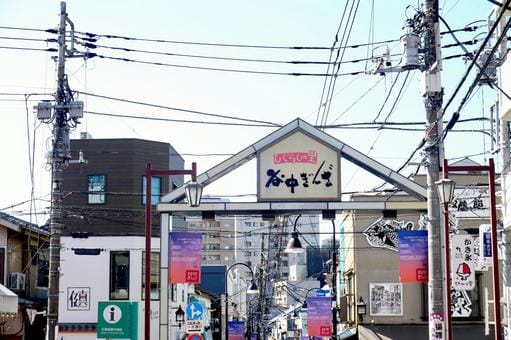
Yanaka Ginza is one of the shopping streets that best preserves the downtown atmosphere of Tokyo. I particularly love this area for its nostalgic and lively atmosphere.
In an atmosphere reminiscent of a time slip to the Showa era, you can glimpse the daily lives of local people.
The charm of this shopping street lies in the enjoyment of food hopping. Particularly popular are fried foods like croquettes and menchi-katsu (deep-fried ground meat cutlet).
Access to Yanaka Ginza is about a 5-minute walk from Nippori Station on the JR Yamanote Line, or about a 5-minute walk from Sendagi Station on the Chiyoda Line. It's also easily accessible from major stations in Tokyo, making it convenient to drop by during sightseeing.
Niku no Sato: Juicy Menchi-katsu
"Niku no Sato" is a particularly popular butcher shop in the Yanaka Ginza shopping street. I especially recommend this shop for its delicious menchi-katsu made with high-quality meat.
This shop specializes in Japanese deli foods called "sozai" and has been loved by locals for years as a place to buy for daily meals. However, in recent years, its deliciousness has gained a reputation, making it a popular street food spot for tourists as well.
Notably, their menchi-katsu uses high-quality Japanese meat. Inside the crispy batter is juicy and tender meat packed tightly.
The charm of "Niku no Sato" is not limited to menchi-katsu. Other fried dishes like croquettes and karaage (fried chicken) are also delicious.
What's particularly noteworthy is that these deli items are offered at surprisingly affordable prices ranging from 100 to 300 yen. I feel that this pricing reflects "Niku no Sato's" stance as a shop that supports the daily meals of local people.
<Store Information>
Address: 3-13-2 Yanaka, Taito City, Tokyo 110-0001
Closed: Mondays
Phone: 03-3821-1764
Hours: 10:00 - 19:30
Website: https://www.yanakaginza.com/ (Available in Japanese Only)
TAYORI: Healthy Set Meals (Teishoku)
Source: TAYORI Official Website
TAYORI is a cafe in the Yanaka Ginza area that utilizes a retro wooden building.
Here, you can enjoy authentic set meals for around 1,500 yen. Set meals are a basic eating style in Tokyo's food culture, consisting of rice, miso soup, a main dish, and side dishes. This composition is popular among locals as a well-balanced and healthy meal.
However, it tends to get crowded especially during lunch, and you might have to wait a bit to enter. My advice is to visit right after opening or a bit later around 2 PM.
Also, it's open until 8 PM from Wednesday to Saturday, so I recommend it for those who want to enjoy a healthy dinner as well.
<Store Information>
Address: 3-12-4 Yanaka, Taito-ku, Tokyo
Closed: Mondays and Tuesdays
Phone: 03-5834-7026
Hours: Wed-Sat 12:00-20:00 (Sun/Holidays until 18:00)
Website: https://hagiso.com/tayori/
Instagram: https://www.instagram.com/tayori_yanaka/
Ueno Ameyoko Area
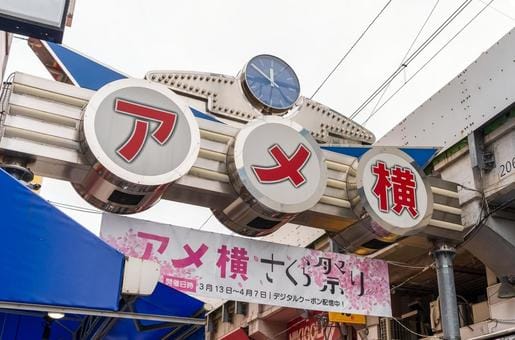
Ueno Ameyoko is a vibrant shopping street also known as the kitchen of Tokyo's common people.
The charm of Ameyoko lies in its lively atmosphere. The shops crowded in narrow alleys, shopkeepers calling out to customers with energetic voices, and the heat of people coming and going are very impressive.
Also, enjoying standing drinks at old-fashioned izakayas is a unique experience in Ameyoko. Standing at the counter and having a drink alongside Tokyo's office workers - you can experience the daily life of Tokyo's common people here.
Moreover, eating seasonal fruits while walking around at discount fruit shops is another enjoyment. By enjoying the changing types and tastes of fruits according to the season, you can feel the four seasons of Tokyo.
One of the characteristics of Ameyoko is its multinational nature. You can enjoy diverse cuisines in one place, such as Chinese cuisine and Korean-style yakiniku.
Ameyoko is located right outside the central exit of JR Ueno Station. It's also within walking distance from Ueno Station on the Tokyo Metro Ginza and Hibiya Lines.
Niku no Ohyama
Source: Google Map by Yoichiro Fujiwara
Niku no Ohyama is a long-established meat wholesaler founded in 1932.
The charm of this shop lies in its composition of two areas: a shop with a standing corner and an in-store restaurant. This allows it to cater to both those who want to enjoy food while walking and those who want to have a leisurely meal.
Particularly noteworthy is their famous menchi-katsu. There are three types (150 yen, 220 yen, 420 yen), with different ingredients and manufacturing methods depending on the price.
I recommend the highest grade 420 yen menchi-katsu. Using high-quality meat and a special double-frying cooking method, it results in a delicious menchi-katsu that's crispy on the outside and juicy on the inside.
Also, don't miss their popular "addictive croquette." Despite its affordable price of 80 yen, its taste is authentic. The combination of the crispy batter and the creamy potato inside is excellent, and you'll surely become addicted once you try it.
When visiting the Ameyoko area, please make sure to drop by.
<Store Information>
Address: 2F Watanabe Ueno Building, 6-13-2 Ueno, Taito City, Tokyo 110-0005
Closed: None
Phone: 03-3831-9007
Hours: 11 AM–11 PM
Website: http://www.ohyama.com/ueno
Uokusa
Source: Tabelog by 036ike
Uokusa is a standing izakaya in the Ameyoko area.
The characteristic of this shop is its system of 2 drinks maximum within 30 minutes. While it might seem restrictive at first, this system is actually perfect for the food hopping style of Ameyoko.
You can enjoy delicious food and sake for a short time and then move on to the next shop. This style allows you to efficiently enjoy the diverse food culture of Ameyoko.
Another great attraction of this shop is that you can casually enjoy fresh seafood menus for under 1,000 yen. You can enjoy high-quality Japanese food that's popular but not available at high-end restaurants.
<Store Information>
Address: Ameyoko Plaza, 6-10-7 Ueno, Taito City, Tokyo 110-0005
Closed: Wednesdays
Phone: 03-4400-3264
Hours: 12 PM–7:30 PM
Website: https://tabelog.com/en/tokyo/A1311/A131101/13164551/
Scene 4. Enjoying Tokyo Food with Family
Tokyo is a treasure trove of food not only for adults but also for families with children. Here, I'll introduce Tokyo's gourmet spots that can be enjoyed by everyone from children to adults.
First, it's important to note that most restaurants in Tokyo, except for bars and clubs, can be enjoyed by children. This is because Japanese food culture values enjoying meals as a whole family.
Ueno Area

The Ueno area is a wonderful place where family-friendly tourist spots and delicious meals coexist. I particularly recommend this area for families because cultural facilities and delicious eateries are in close proximity.
Ueno Zoo is a very popular spot for children. After seeing various animals including pandas, you can enjoy a family lunch at the restaurants inside the park. I vividly remember from my childhood how delicious the lunch tasted after playing all day at the zoo.
Also, Ueno is the cultural center of Tokyo with many museums and art galleries gathered together. For example, the National Museum of Nature and Science has many exhibits that children can enjoy while learning. After viewing the exhibitions, it's nice to have a meal at a nearby family restaurant.
However, Ameyoko might have a strong local atmosphere, and some people might feel uneasy about letting children eat there due to hygiene concerns. In such cases, I recommend having meals at the surrounding shopping malls. These malls have many restaurants that provide meals in a clean and comfortable environment.
Access to Ueno is excellent, with JR Ueno Station at the center and connections to Tokyo Metro and Keisei Electric Railway. It's easily accessible from major stations in Tokyo. Also, moving from Ueno Station to each tourist spot is within walking distance, making it comfortable even for families with small children.
ecute Ueno
Source: Google Map by Pipineko
ecute Ueno is a shopping mall directly connected to Ueno Station, and I particularly recommend this facility for families because of its convenience and diverse food options.
The biggest attraction of this facility is that in addition to restaurants, there are plenty of bento boxes and sweets that you can take away. This allows you to flexibly choose meals according to each family member's preferences and the mood of the day.
Another charm of ecute Ueno is that you can take out bento boxes and enjoy them in the park. The nearby Ueno Park has vast green spaces where you can enjoy meals in a picnic-like atmosphere. Especially during the cherry blossom season in spring or the autumn foliage season, eating while enjoying the beautiful scenery is exceptional.
Children can also enjoy delicious meals after playing in the spacious park, making it a wonderful memory for the whole family.
ecute Ueno is directly connected to Ueno Station, making it safe to use even on rainy days or for families with small children. Also, the clean and bright interior is comfortable even for families with children.
Website: https://www.ecute.jp/en/
Ueno Marui
Source: Google Map by Xin
Ueno Marui is a shopping mall located right next to Ueno Station.
The charm of this facility is that restaurants and sweets shops are scattered on the basement floor, 1st floor, and 9th floor. This allows you to choose various types of meals according to each family member's preferences and budget.
For example, you can enjoy a wide range of cuisines including Japanese, Western, Chinese, and ethnic foods all within one building.
I particularly like the sweets corner on the 1st floor. Here, you can enjoy a wide variety of desserts from traditional Japanese sweets to the latest trendy sweets.
Children will have fun choosing their favorite sweets from such a wide variety that they might have trouble deciding. Adults can also enjoy various flavors from nostalgic tastes to new ones.
Also, Ueno Marui is within walking distance from Ueno Station, making access very convenient. You can comfortably enjoy meals even after getting tired from sightseeing.
Website: https://www.0101.co.jp/058/
Scene 5. Tokyo Gourmet Guide for Vegetarians and Vegans
While Tokyo is known as one of the world's finest dining cities, in recent years, the options for vegetarian and vegan cuisine have also become plentiful. Here, I'll introduce recommended areas and restaurants for those who want to enjoy plant-based meals.
Omotesando Area
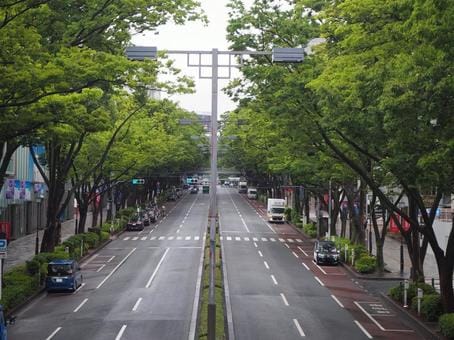
Omotesando is known as one of the most stylish and sophisticated areas in Tokyo. I particularly recommend this area for vegetarians and vegans because of the concentration of organic cafes and its refined atmosphere.
Omotesando is famous as a fashion center, but it's also a place where health-conscious people gather.
As a result, there are many cafes using organic ingredients and restaurants catering to vegetarians and vegans. These establishments not only provide plant-based meals but also offer visually beautiful and Instagram-worthy dishes.
The sophisticated atmosphere of Omotesando also makes dining more enjoyable. Enjoying beautifully presented dishes in a stylish cafe will surely enhance your trip.
Access to Omotesando is via Omotesando Station on the Tokyo Metro Ginza Line, Chiyoda Line, and Hanzomon Line. You can also walk from Harajuku.
Brown Rice Tokyo Omotesando
Source: Tabelog by Bronw Rice Tokyo
Brown Rice Tokyo Omotesando is a vegan & organic cafe in Omotesando. I particularly recommend this restaurant for its high-quality plant-based cuisine and menu composition that allows you to experience Tokyo's food culture.
A characteristic of this cafe is that many of its menus are centered around Japanese set meals. This allows you to enjoy both Tokyo culture and vegan food simultaneously.
However, note that it's only open until 6 PM, so it can't be used for dinner. I recommend dropping by between shopping or walking in Omotesando for a late lunch or afternoon tea time.
<Store Information>
Address: 5 Chome-1-8 Jingumae, Shibuya City, Tokyo 150-0001
Closed: None
Phone: 03-5778-5416
Hours: 11:30 AM–6 PM
Website: https://brownrice.jp/
L for You
Source: Tabelog by L for you
L for You is a stylish cafe in Omotesando that can cater to a wide range of customers from vegans to non-vegans.
The biggest feature of this cafe is that it offers a wide range of menus from meat dishes to vegan menus. This allows people with dietary restrictions and those without to come together and each choose dishes they're satisfied with.
I myself had a very comfortable dining experience when I visited with a vegan friend, as we were both able to enjoy dishes according to our preferences.
The atmosphere inside the shop is also a stylish space typical of Omotesando. Another attraction of L for You is its opening hours. It's open until around 7 PM, so it can be used for an early dinner as well. I recommend dropping by after shopping to enjoy a healthy meal and dessert.
<Store Information>
Address: 1st Floor, Ikegami Building, 3-9-3 Minamiaoyama, Minato City, Tokyo 107-0062
Closed: None
Phone: 03-6459-2504
Hours (Mondays to Fridays): 11 AM–7 PM
Hours (Saturdays): 11 AM–7:30 PM
Hours (Sundays): 11 AM–5 PM
Website: https://www.lforyou.tokyo/en
Scene 6. Gourmet Spots to Enjoy Food and Drinks in Tokyo at Night
The night in Tokyo is an excellent opportunity to enjoy food and drinks. Here, I'll introduce gourmet spots where you can enjoy Tokyo at night.
Shinjuku
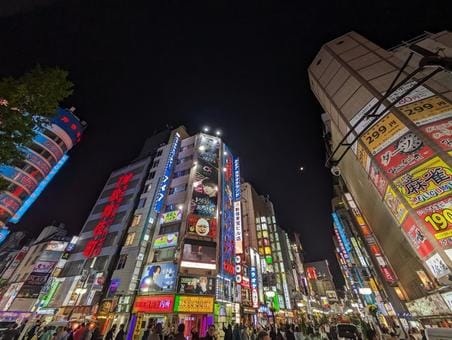
Shinjuku is one of the areas that represent Tokyo's nightlife.
Shinjuku has many chain store options, making it easy for first-timers to enter shops casually. At the same time, there are also retro-atmosphere izakaya districts where you can experience Tokyo's good old drinking culture.
What I particularly like is Shinjuku Golden Gai. The small bars standing in these narrow alleys create an atmosphere as if you've time-slipped. Here, you can see local salarymen and tourists drinking shoulder to shoulder, allowing you to feel Tokyo's night culture firsthand.
Shinjuku has excellent access with many lines including JR, private railways, and subways, making it accessible from anywhere in Tokyo.
Golden Gai / Omoide Yokocho
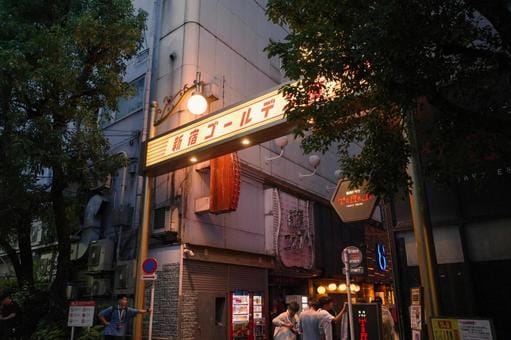
Golden Gai and Omoide Yokocho are spots in Shinjuku attractive for their retro atmosphere and popular prices. I recommend these two places because of their unique atmosphere and the ability to experience the real "Tokyo night."
Golden Gai is a small bar district that developed from the black market after the war, with about 200 small shops lined up. The unique interiors of each shop and their distinct concepts are enjoyable just to look at.
On the other hand, Omoide Yokocho has a more popular atmosphere. You can enjoy standard izakaya menu items like yakitori, oden, and ramen.
However, in these places, some shops may refuse first-time customers, so be careful about your attitude and manners. If you follow basic rules and behave politely, you should have a wonderful experience. Also, many shops don't have English menus, so it's recommended to use translation apps or join a guided tour.
Website: http://golden-gai.tokyo/en/
Shibuya

Shibuya is known as a youth town, but recently, shops that can be enjoyed by various age groups have also gathered.
The charm of this area, like Shinjuku, is that there are many chain stores, making it easy for beginners to enter. At the same time, there are also retro spots like Nonbei Yokocho where you can experience the old drinking culture of Tokyo.
Especially around Center Street and Dogenzaka, various genres of restaurants are gathered, making it ideal for bar hopping.
Access to Shibuya is also very convenient. Like Shinjuku, many lines including JR, private railways, and subways connect here, making it accessible from anywhere.
Bar Ishinohana
Source: Tabelog by bottan
Ishinohana is a high-end cocktail bar in Shibuya, notable for the exceptional skills of master Shinobu Ishii and his creative cocktails.
Mr. Ishii is one of Japan's leading bartenders, and his skills are highly evaluated both domestically and internationally. He has won numerous cocktail competitions, and his experience and creativity are brilliantly reflected in Ishinohana's cocktail menu.
At the counter seats, you can watch Mr. Ishii's techniques up close, and the process of making cocktails itself becomes a form of entertainment.
<Store Information>
Address: Yagi Bldg. 2, B1, 3-6-2 Shibuya, Shibuya City, Tokyo 150-0002
Closed: Wednesdays, Thursdays
Phone: 03-5485-8405
Hours (Mondays to Saturdays): 5 PM–12 AM
Hours (Sundays): 4 PM–11 PM
Website: https://ishinohana.com/en/
Nonbei Yokocho
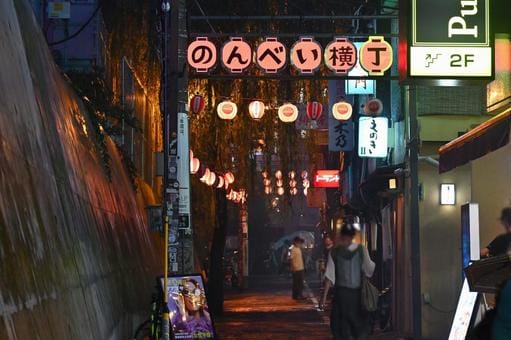
Nonbei Yokocho is a small, retro dining district in Shibuya.
The biggest charm of this spot is its retro atmosphere.The small bars crowded in narrow alleys create a retro atmosphere as if you've time-slipped. Here, a unique space is created where local customers and tourists coexist, allowing you to feel Tokyo's "good old" bar culture firsthand.
One of the attractions of Nonbei Yokocho is its reasonable price setting. Unlike high-end establishments, you can casually drop in for a drink.
I recommend enjoying bar hopping here. By visiting multiple shops, you can enjoy various dishes and drinks, experiencing more "Tokyo flavors".
However, there are some things to be cautious about in Nonbei Yokocho. Many shops are small with limited seating, so it can get crowded, especially on weekend nights. Also, some shops may have a policy of refusing first-time customers, so it's important to behave politely.
Website: http://www.nonbei.tokyo/
Scene 7. Tokyo's Trendy Sweets Tour
Tokyo is a city where you can enjoy various desserts, from traditional Japanese sweets to the latest trendy sweets. Here, I'll introduce an area where you can enjoy Tokyo's trendy sweets.
Harajuku Area

Harajuku is known as the center of Tokyo's fashion and culture, but it's also famous as a source of trendy sweets.
The charm of Harajuku is the concentration of sweets shops popular among young people, centered around Takeshita Street. Here, you can enjoy various desserts, from "Instagram-worthy" sweets that are visually and tastily enjoyable to creative sweets that arrange traditional Tokyo confectioneries.
Access to the Harajuku area is via Harajuku Station on the JR Yamanote Line or Meiji-jingumae Station on the Tokyo Metro Chiyoda and Fukutoshin Lines.
Takeshita Street, right out of the station, is a popular spot lined with sweets shops. Also, unique cafes and sweets shops are scattered along Omotesando and Meiji Street, allowing you to enjoy sweets hopping while strolling.
SweetXO HARAJUKU
Source: Tabelog by run723m
SweetXO HARAJUKU is a sweets specialty store on Takeshita Street in Harajuku. It's notable for its creative menu and visually enjoyable sweets.
The biggest feature of this store is the abundance of unique and cute menu items like baby bottle drinks. Such sweets are hugely popular among Tokyo's local young people.
The price range is about 700-900 yen per item, which is reasonable compared to other sweets shops in the Harajuku area. While it's a popular shop and often crowded on weekends, the waiting time isn't too long.
<Store Information>
Address: Harajuku 77 Building, 1F, 1-16-6 Jingumae, Shibuya City, Tokyo 150-0001
Closed: None
Phone: 03-5413-6683
Hours: 11 AM–6 PM
Hours(Saturdays, Sundays): 10 AM–7 PM
Instagram: https://www.instagram.com/sweetxo_goodgrief/
Marion Crêpes Takeshitadori
Marion Crêpes Takeshitadori is a crepe specialty store on Takeshita Street in Harajuku, popular among Tokyo's local young people.
Crepes have been loved in Tokyo for many years, so tasting crepes here is an experience of enjoying sweets from a Tokyo local's perspective.
A characteristic feature of Marion Crêpes is how you eat them. Japanese-style crepes are rolled up like a cone and can be eaten while walking, held in one hand. This is a way to experience Harajuku culture itself, enjoying sweets while strolling through the lively streets of Harajuku.
The price range is about 500-700 yen per crepe, which is relatively reasonable. This is set so that even young people can easily enjoy them, which is one reason for its popularity among local students.
<Store Information>
Address:Juness Building 1F, 1-6-15 Jingumae, Shibuya City, Tokyo 150-0001
Closed: None
Phone: 03-3401-7297
Hours: 10:30 AM–9 PM
Hours(Saturdays, Sundays): 10 AM–9 PM
Website: https://www.marion.co.jp/store/tokyo/?utm_source=google&utm_medium=organic&utm_campaign=google_maps
Tips for Enjoying Tokyo Food
To fully enjoy Tokyo's food culture, it's good to know a few tips. Here, I'll share some tips for enjoying Tokyo food that I've gained from over 30 years of living in Tokyo.
Mastering Reservations and Timing
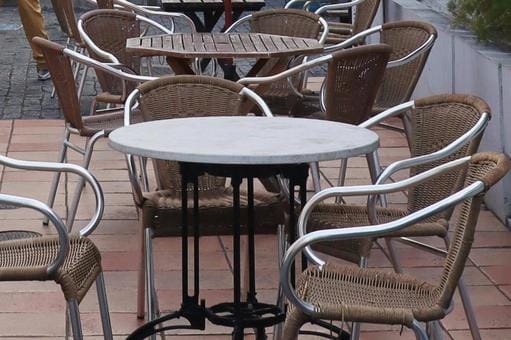
As popular restaurants in Tokyo often get very crowded, it's important to master reservations and timing. From my experience, I recommend being particularly conscious of the following points.
First, reservations are essential for popular restaurants. It's not uncommon for high-end or trendy restaurants to be fully booked months in advance.
My advice is to make a reservation as early as possible once you've decided on your target restaurant. Many high-end restaurants start accepting reservations one month in advance, so it's good to aim for that day.
Also, lunchtime is a chance to enjoy high-end restaurants at relatively cheaper prices. Many high-end restaurants offer lunch courses at more reasonable prices than dinner.
Furthermore, right after opening or just before closing tend to be less crowded, so there's a higher chance of getting in without waiting. Especially for popular ramen shops or cafes, it's not unusual for lines to form before opening.
Lastly, the crowdedness varies greatly depending on the season and day of the week. For example, the area around Ueno Park gets extremely crowded during the cherry blossom viewing season (late March to early April). Also, many shops get crowded on weekends, so I recommend visiting on weekdays if possible.
Dining Etiquette
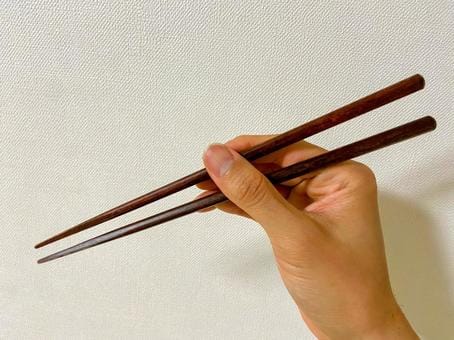
Japanese dining etiquette might seem a bit complex to foreigners. However, by grasping basic manners, you can enjoy Tokyo's food culture more deeply. Here, I'll introduce some manners that I consider particularly important.
First, it's important to grasp the basics of using chopsticks. Chopsticks are used to pinch food, and avoid passing food from chopsticks to chopsticks (known as "chopstick passing").
Also, sticking chopsticks upright in food is considered taboo. This is because it resembles the practice at Japanese funerals.
Next, it's good to know the meaning and usage of "itadakimasu" and "gochisousama". "Itadakimasu" is said before starting a meal, and "gochisousama" is said after finishing a meal.
These words express gratitude to the people who provided the meal and the living things that became the ingredients.
There's also unique etiquette in sushi restaurants. For example, in high-end sushi restaurants, when picking up nigiri sushi with chopsticks, it's considered polite to hold the shari (vinegared rice) part.
Also, when dipping in soy sauce, only dip the neta (fish) part, not the shari. This is to respect the taste of the vinegared rice adjusted by the chef.
Also, "eating while walking" is not favored in Japanese meals. Especially on the approach to shrines and temples, it's best to refrain. However, it's no problem at festival stalls or shopping streets where eating while walking is expected (e.g., Nakamise Street in Asakusa).
Lastly, there's a different perspective on making sounds while eating in Japan compared to Western countries. For example, when eating ramen or soba, it's normal to make a slurping sound when eating the noodles. This can even be considered an expression of enjoying the meal deliciously.
By being conscious of these manners, you can understand and enjoy Tokyo's food culture more deeply. However, there's no need to master them perfectly.
I believe that Japanese people appreciate the attitude of foreigners trying to respect Japanese culture, so the most important thing is to approach with sincerity.
Being Conscious of Seasonality

In Tokyo's food culture, being conscious of seasonality is very important. In Tokyo, where the changing of the four seasons is cherished, enjoying ingredients and dishes unique to each season is a major feature of the food culture.
First, I recommend choosing menus that use seasonal ingredients. In Tokyo, ingredients that are in their most delicious state at that time are called "shun" (in season) and are highly valued.
For example, there are characteristic ingredients for each season, such as bamboo shoots and cherry blossom sea bream in spring, eel and cold Chinese noodles in summer, pacific saury and matsutake mushrooms in autumn, and crab and oysters in winter.
Dishes using these seasonal ingredients allow you to enjoy flavors unique to that season and deepen your understanding of Japanese food culture.
Next, don't miss out on seasonal limited dishes and sweets. In Tokyo, many stores offer limited menus for each season. For example, sakura mochi and sakura-flavored sweets are popular in spring, shaved ice and fruit parfaits in summer, chestnut-based desserts and grilled pacific saury in autumn, and oden and hot pot dishes in winter.
These seasonal limited menus offer special flavors that can only be tasted at that time, so try them actively.
Utilizing Food at Various Price Points
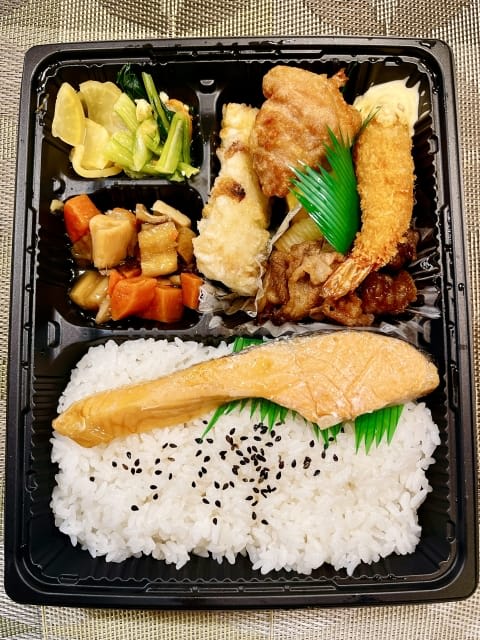
One of the charms of Tokyo's food culture is its wide range of price points. From Michelin-starred restaurants to casual standing soba shops, restaurants of various price ranges coexist.
By skillfully utilizing this diversity, you can gain a richer food experience. Here, I'll introduce tips for utilizing food at various price points based on my experience.
First, I recommend balancing high-end and casual restaurants. At high-end restaurants, you can enjoy the finest ingredients and the chef's skills.
For example, eating otoro (fatty tuna) at a high-end sushi restaurant in Ginza will undoubtedly impress you with the depth of its flavor and the chef's amazing skills. On the other hand, at casual restaurants, you can enjoy popular flavors and a lively atmosphere.
Next, I recommend trying bento boxes and meals from convenience stores and supermarkets. Tokyo's convenience store and supermarket meals are world-famous for their high quality.
Also, by utilizing all-you-can-eat and set menus, you can enjoy diverse dishes cost-effectively.
For example, at yakiniku all-you-can-eat restaurants, you can enjoy various cuts of meat to your heart's content. Also, by using set menus during lunchtime, you can enjoy the taste of high-end restaurants at more reasonable prices than dinner.
Overcoming Language Barriers

Language barriers can be a significant obstacle when enjoying restaurants in Tokyo. Especially in local shops or high-end restaurants, English menus may often not be available. However, with a few tricks, you can overcome this barrier and enjoy Tokyo's food culture more deeply.
First, I recommend utilizing translation apps. Recent translation apps are very high-performance, with some that can instantly translate just by taking a photo of the menu.
Next, it's useful to remember some basic Japanese phrases. For example, simple phrases like "Osusume wa?" (What do you recommend?), "Kore wo kudasai" (I'll have this please), "Oishii desu" (It's delicious) can make communication smoother.
Also, remembering words that describe tastes like "Karai" (spicy), "Amai" (sweet), "Shoppai" (salty) makes it easier to express your preferences. In my experience, Japanese people tend to be very pleased when foreigners try to speak Japanese. Even if the pronunciation isn't perfect, please try to communicate.
Also, it's a good method to utilize pointing menus or food samples. Many Japanese restaurants have photos of dishes on the menu or display food samples at the storefront. Even if words don't communicate, you can order by pointing at these.
This article has introduced recommended spots for various situations, from classic food experiences for first-time Tokyo tourists to options for vegetarians and vegans, gourmet spots to enjoy night time Tokyo, and the latest trendy sweets.
Also, as tips for maximizing enjoyment of Tokyo food, we've shared the importance of reservations and timing, Japanese dining etiquette, consciousness of seasonality, methods for utilizing various price points, and tips for overcoming language barriers.
Finally, Tokyo's food culture continues to evolve. The spots and tips introduced in this article are just starting points.
I hope this article becomes a trigger for you to further experience Tokyo's food world based on your own preferences and interests!

